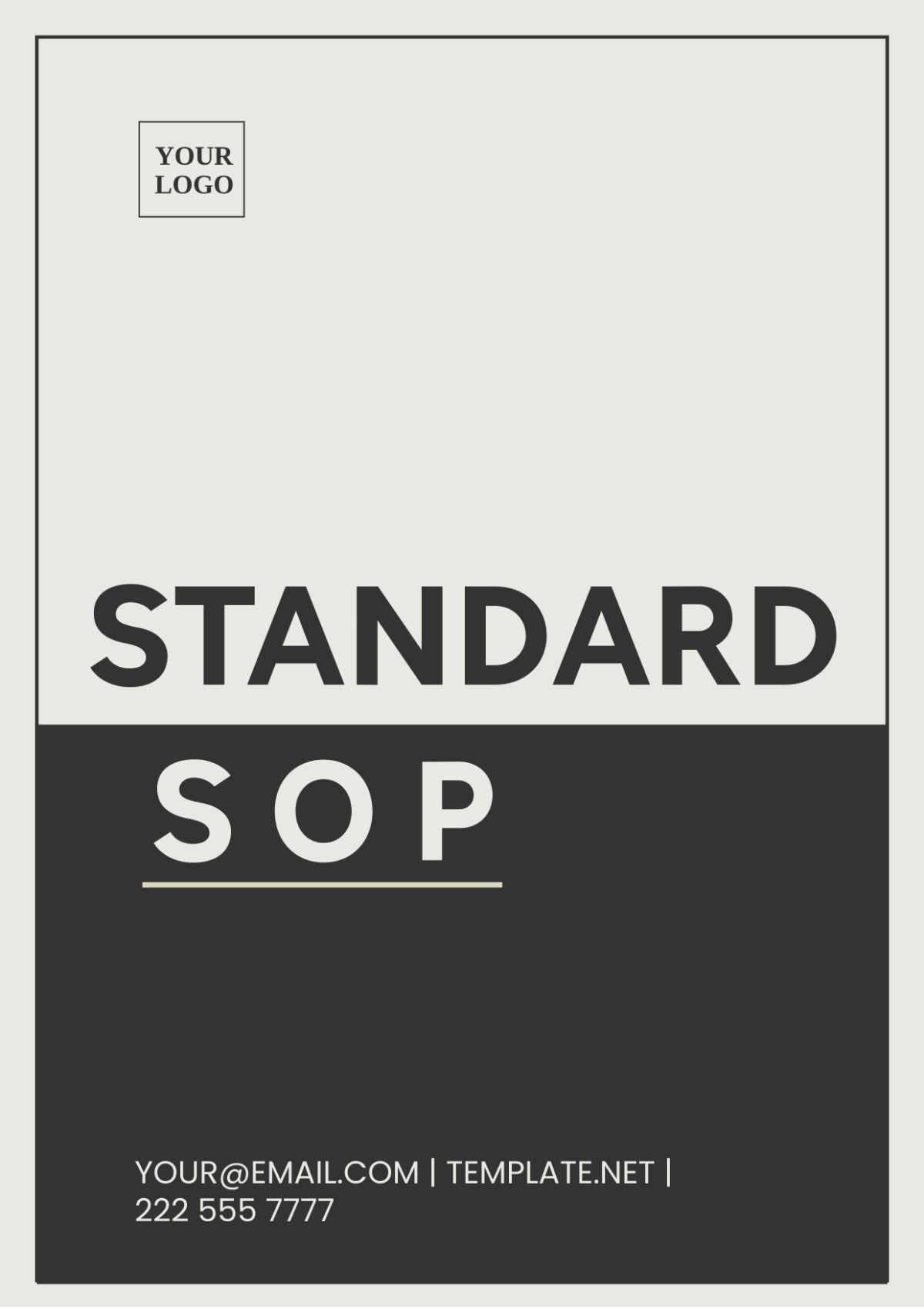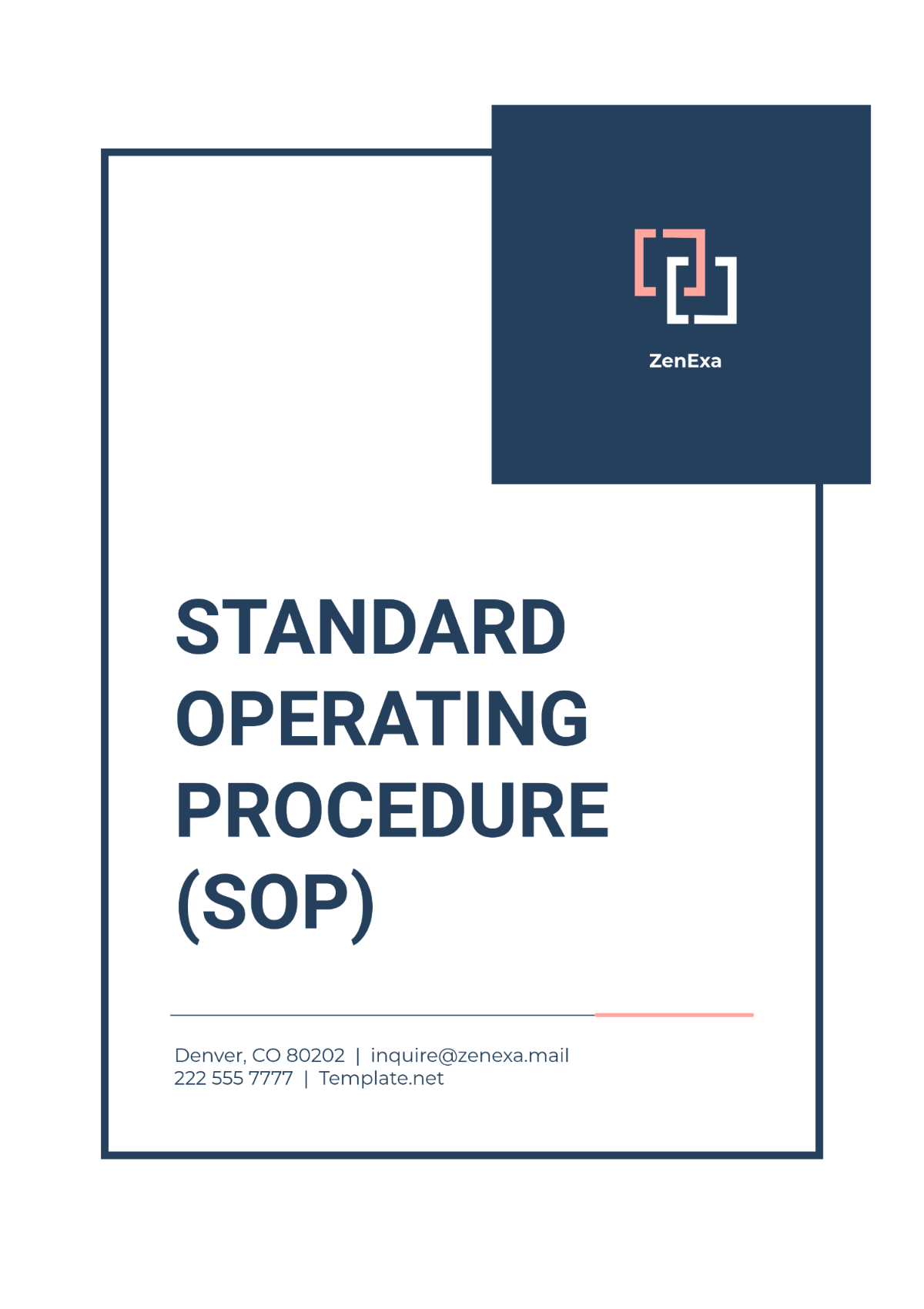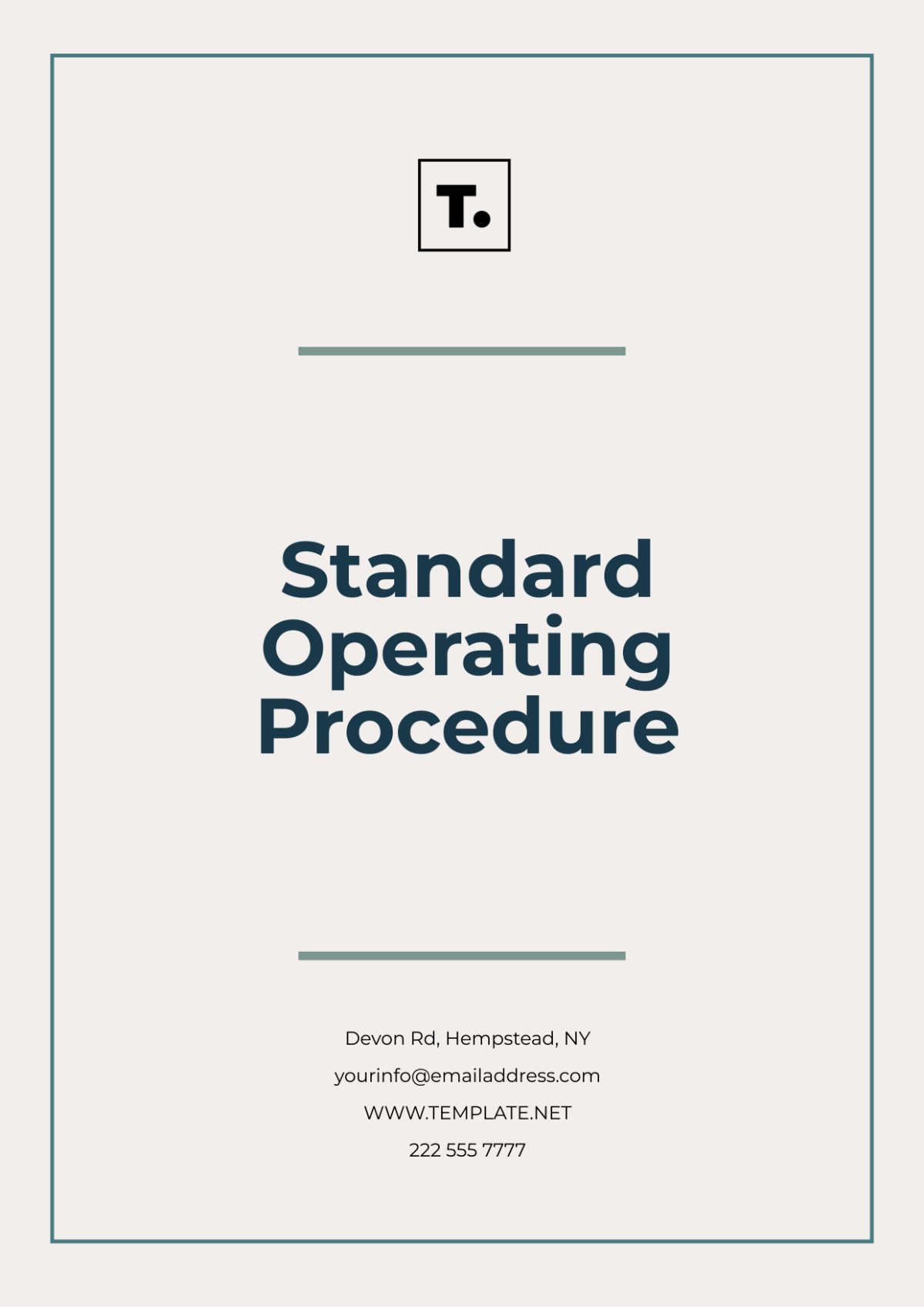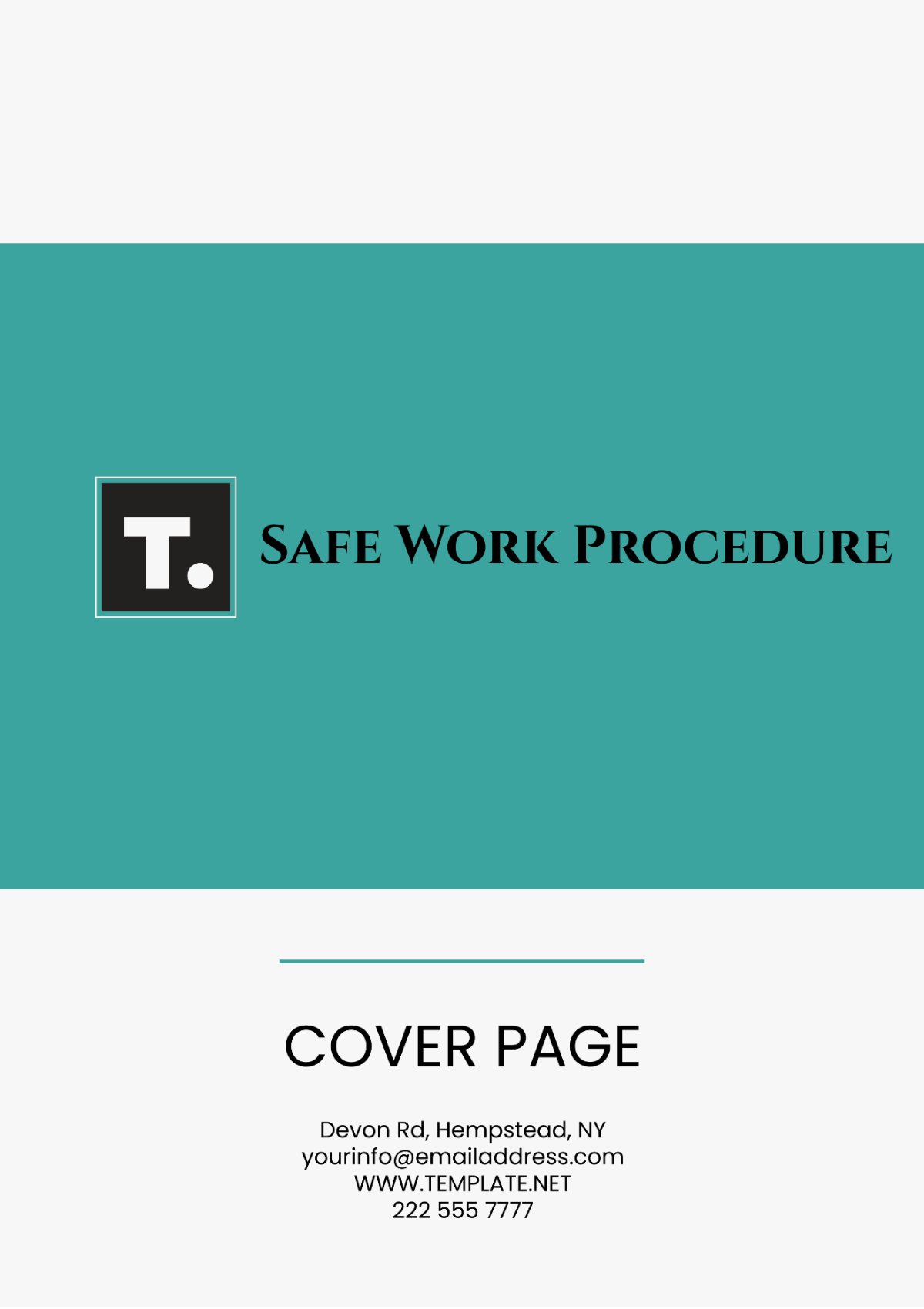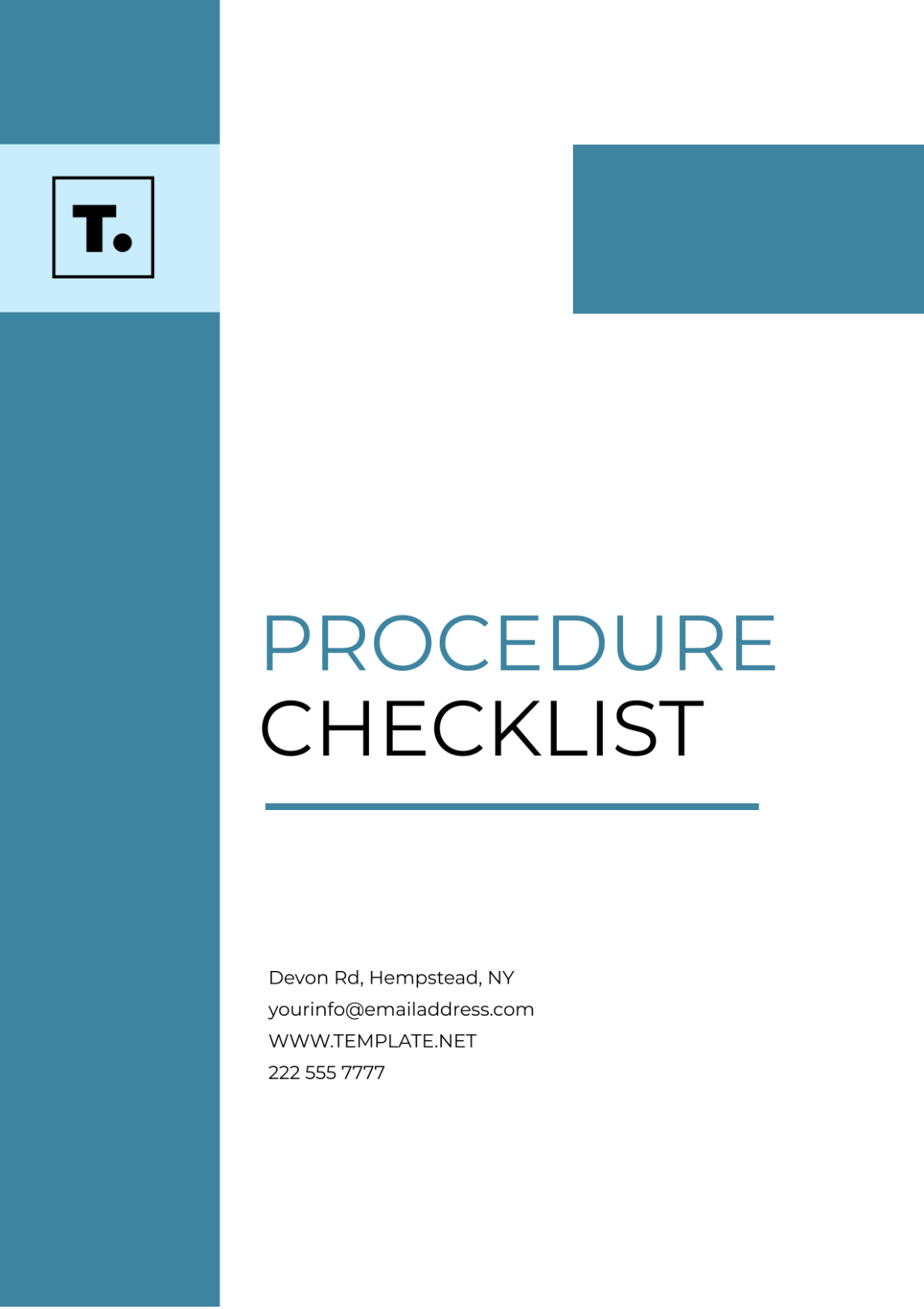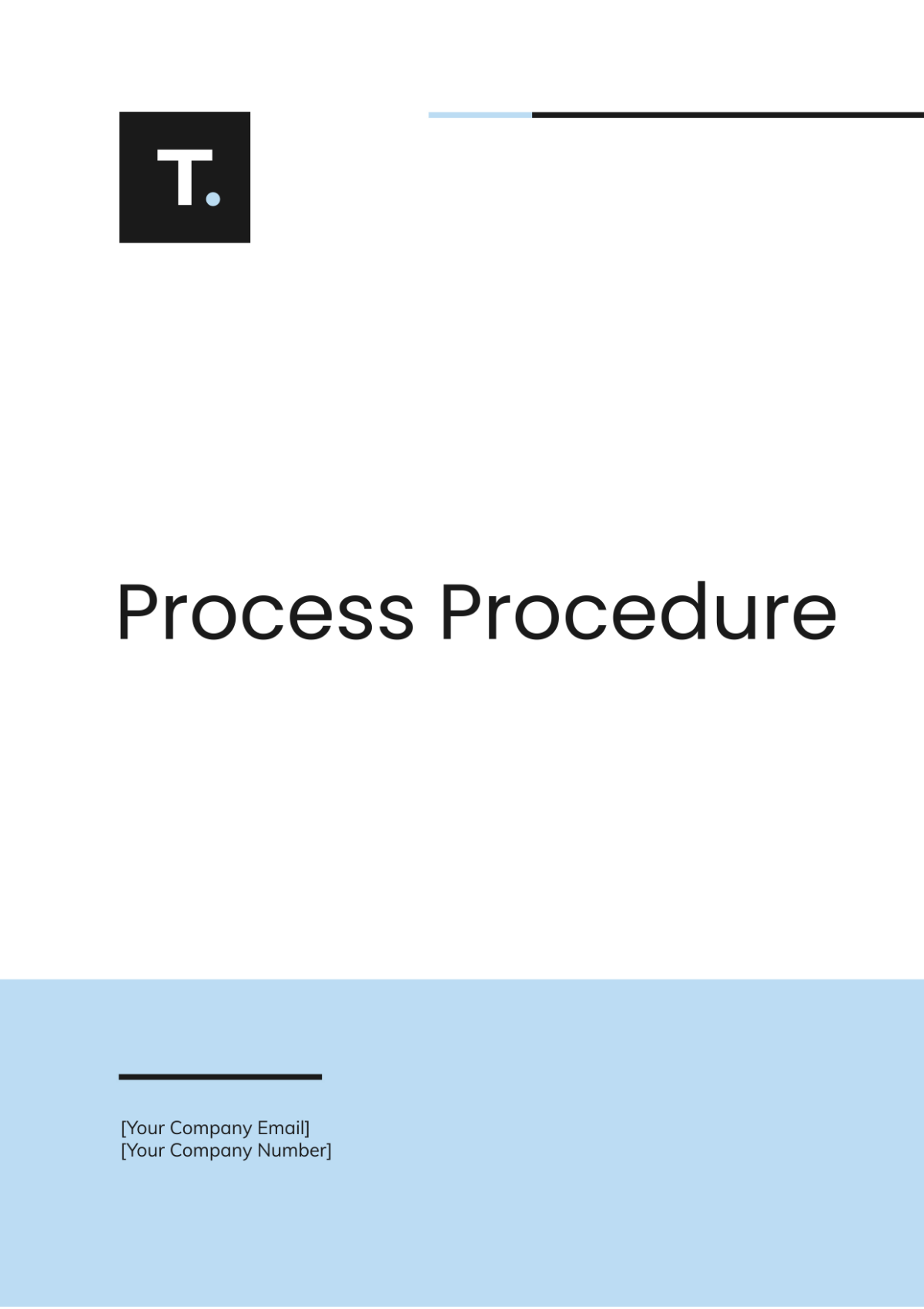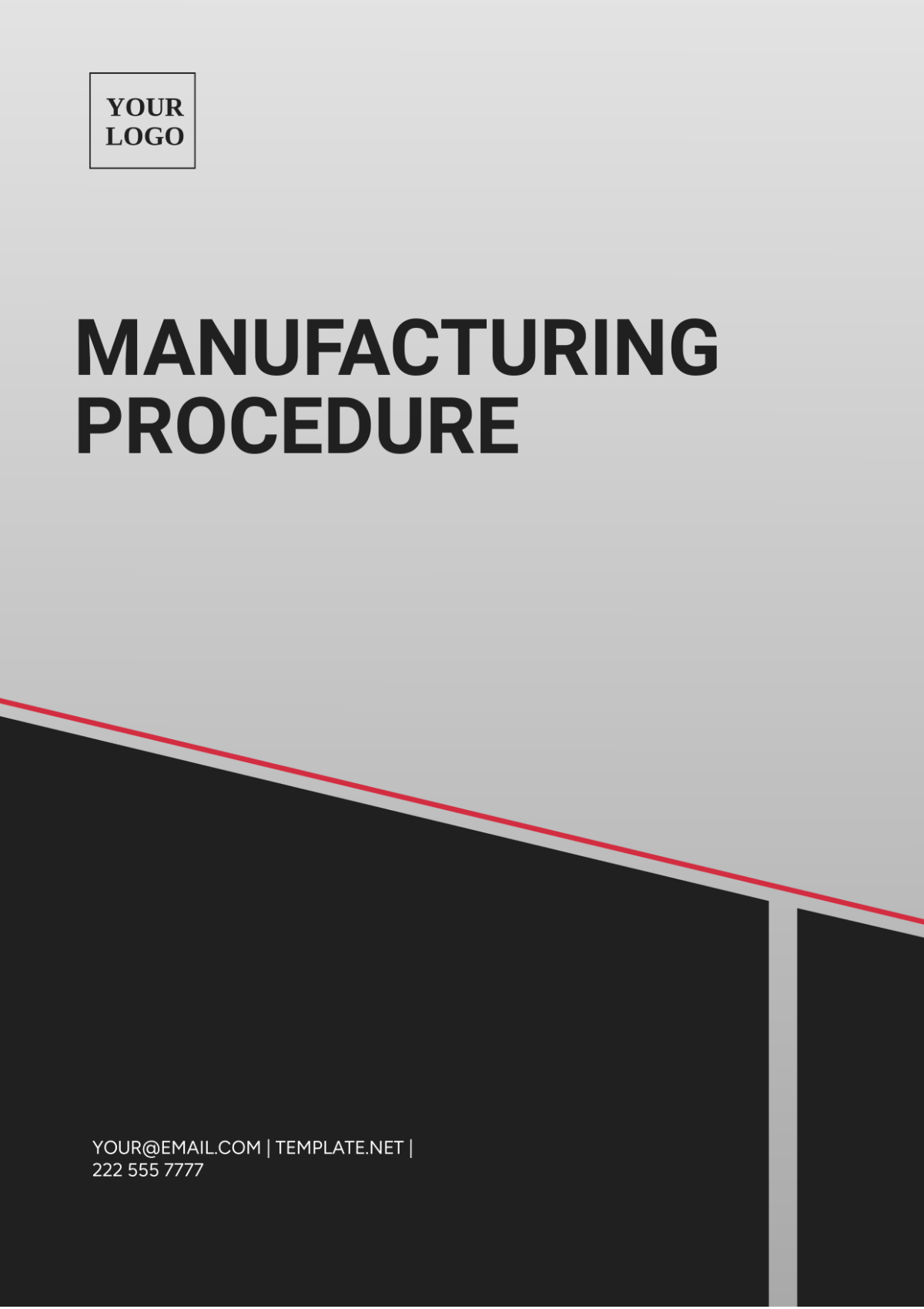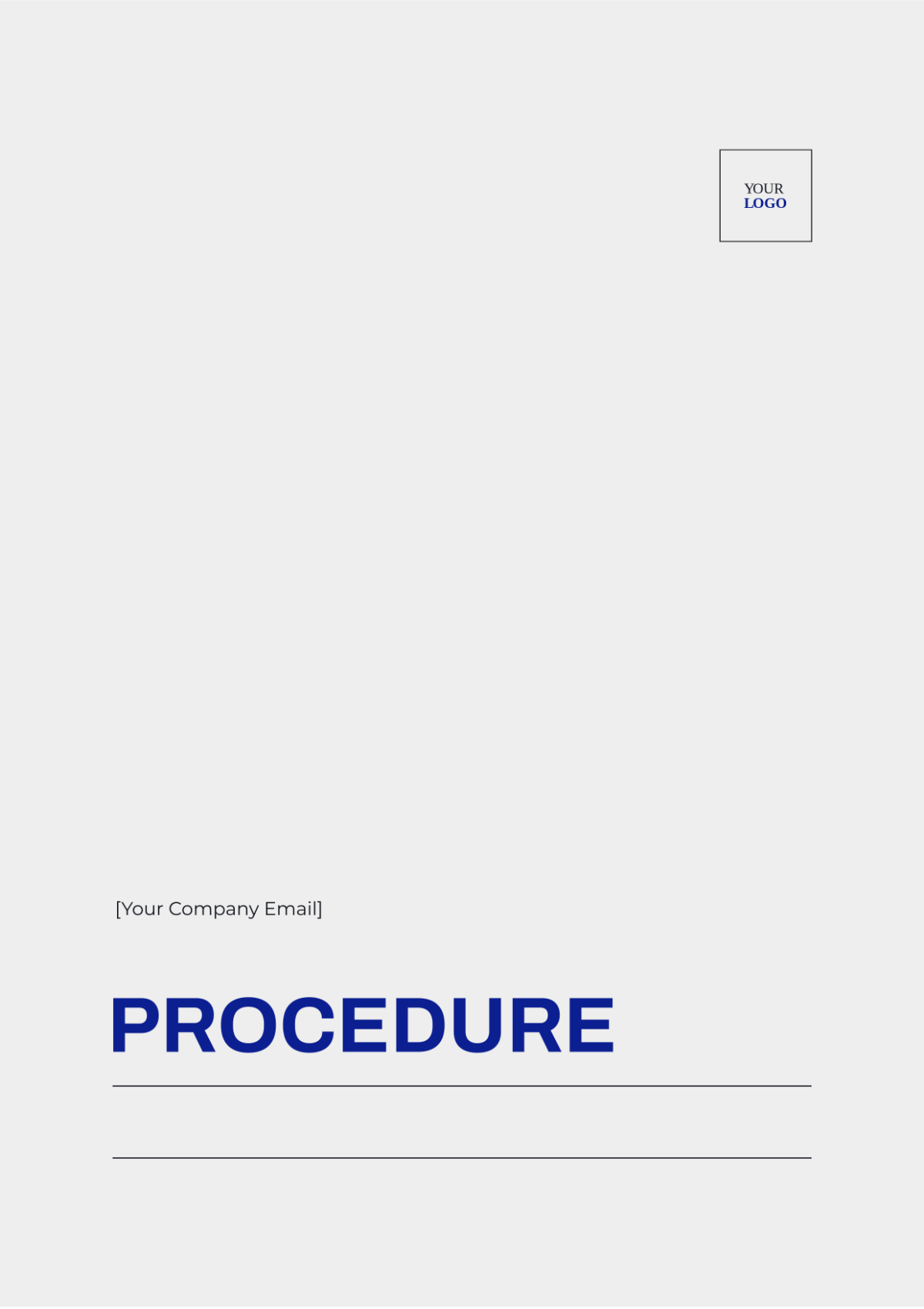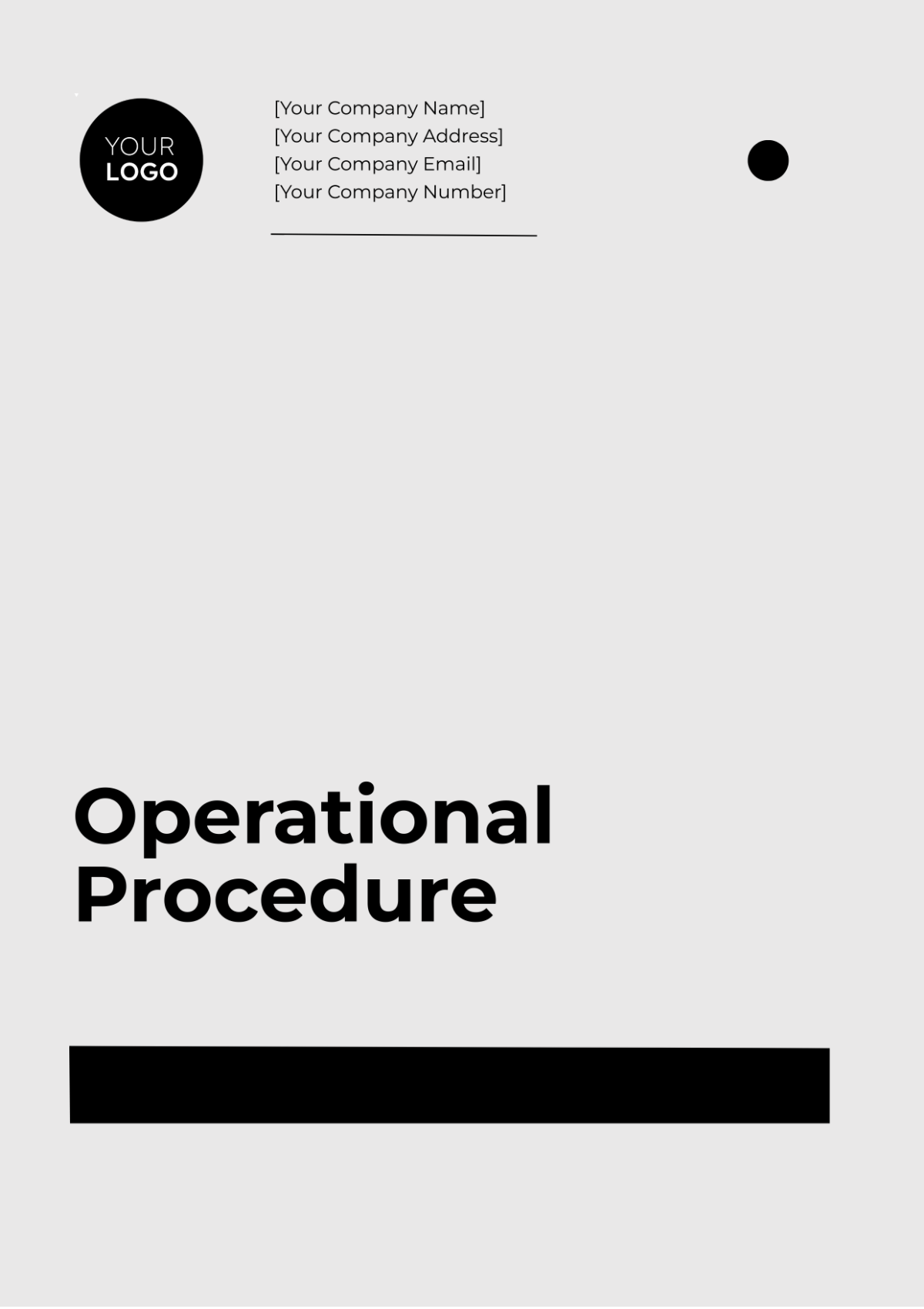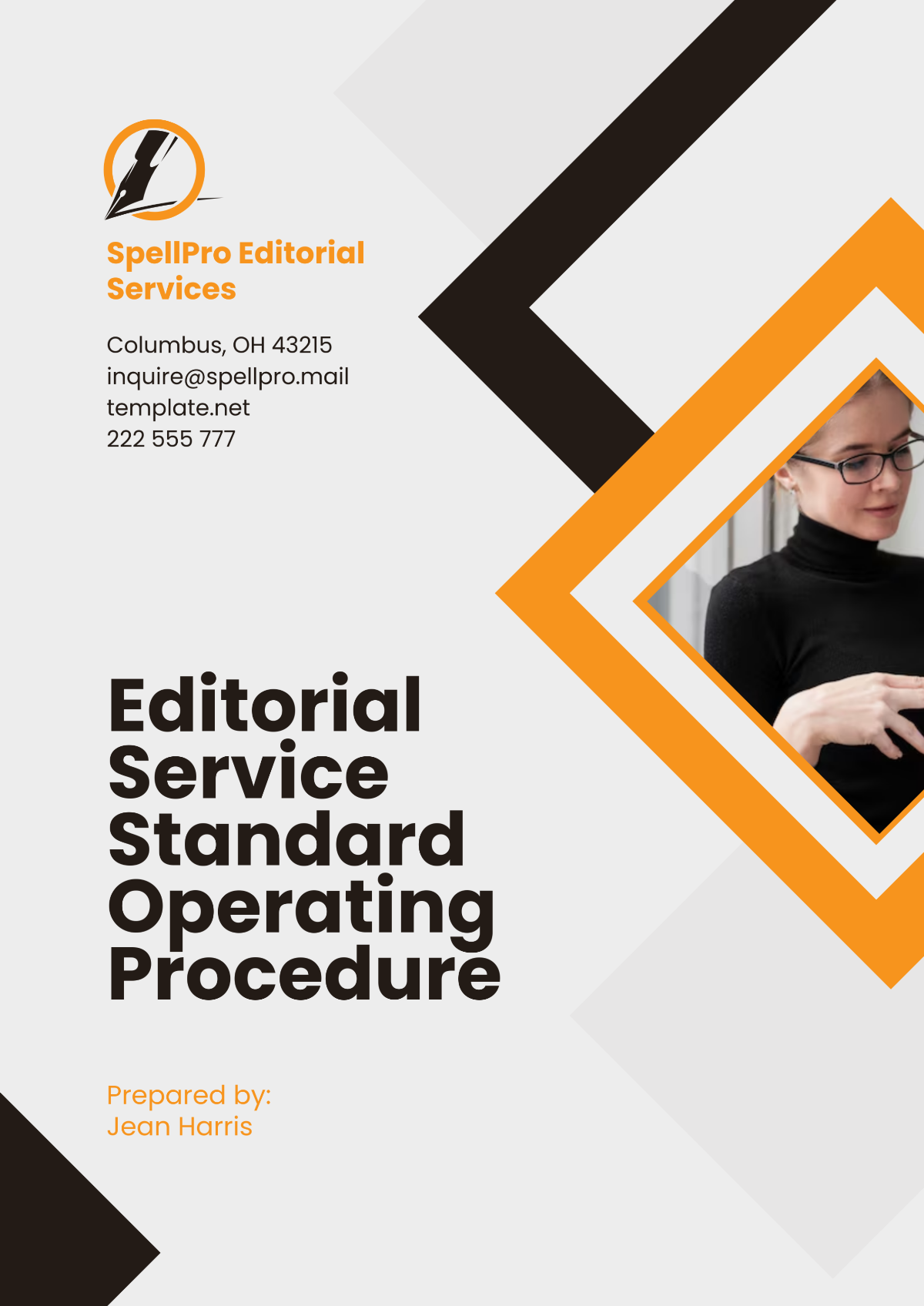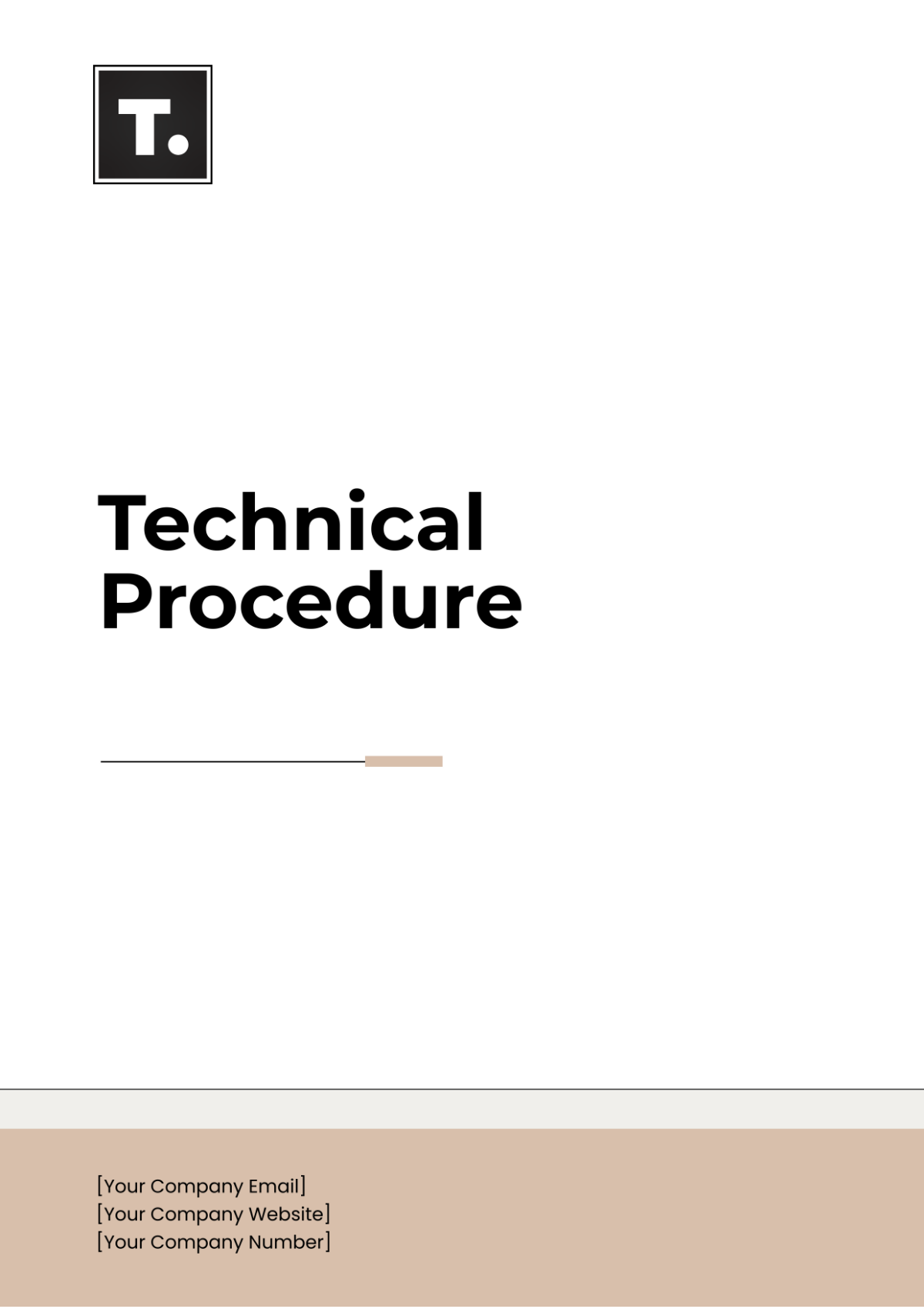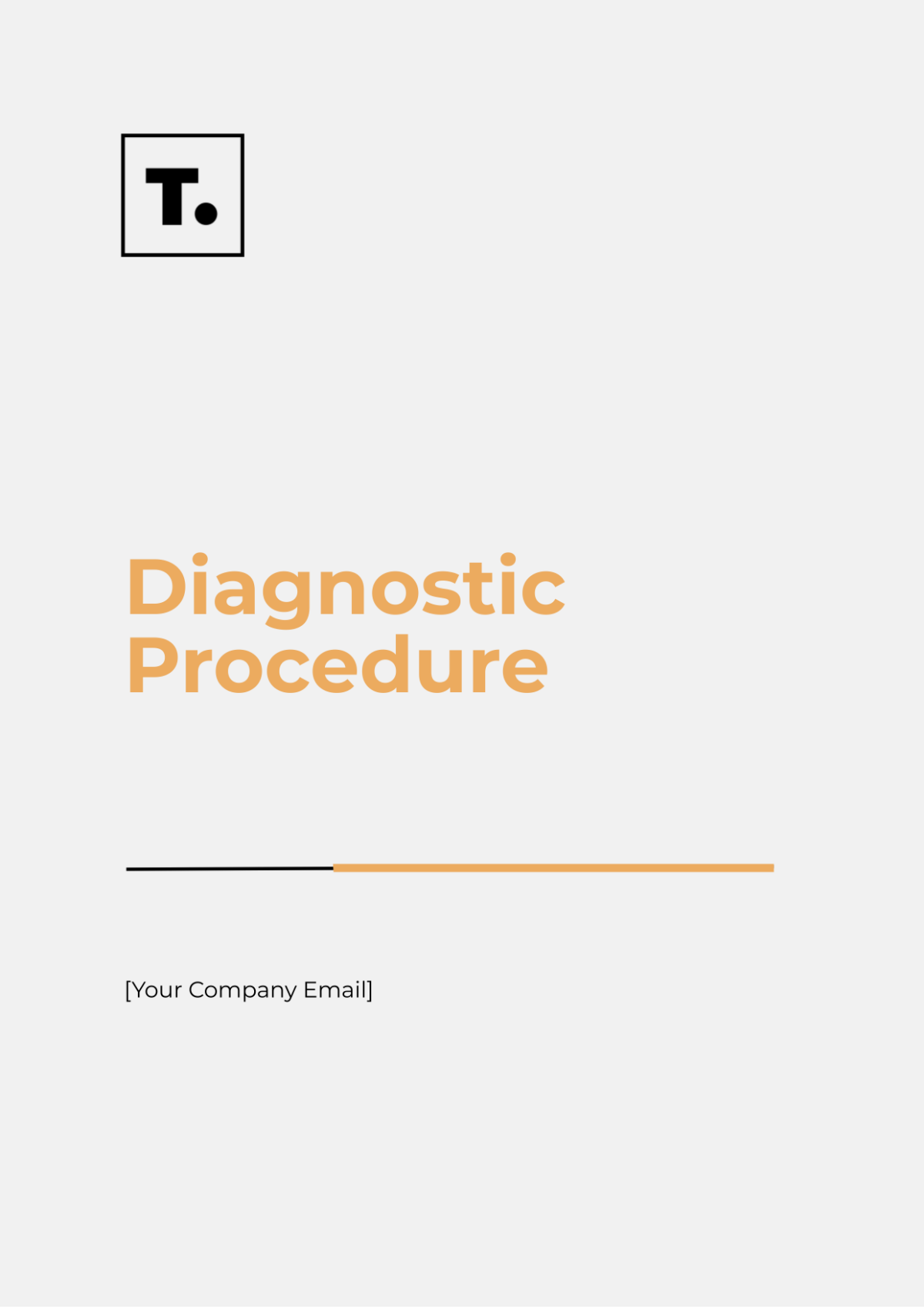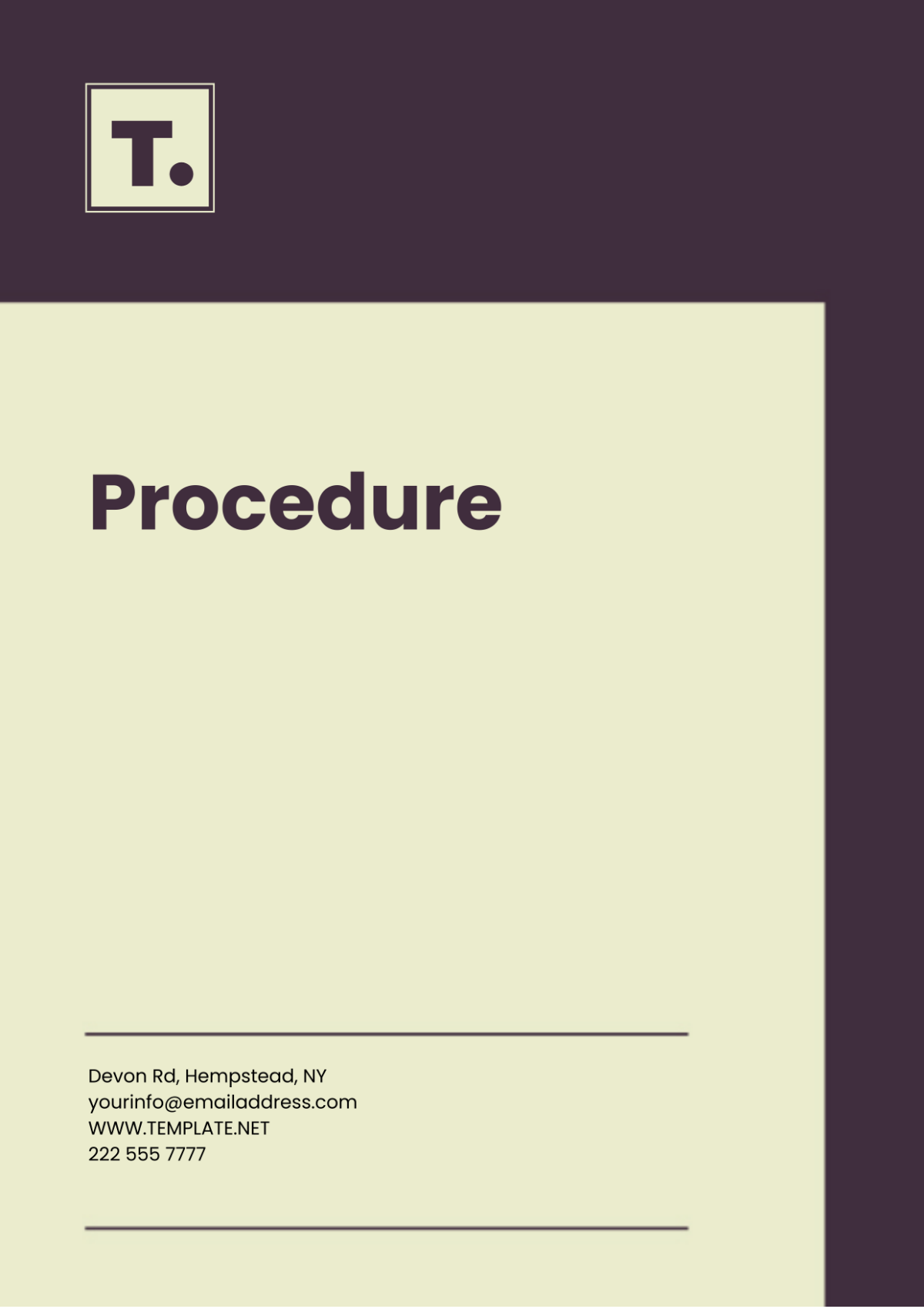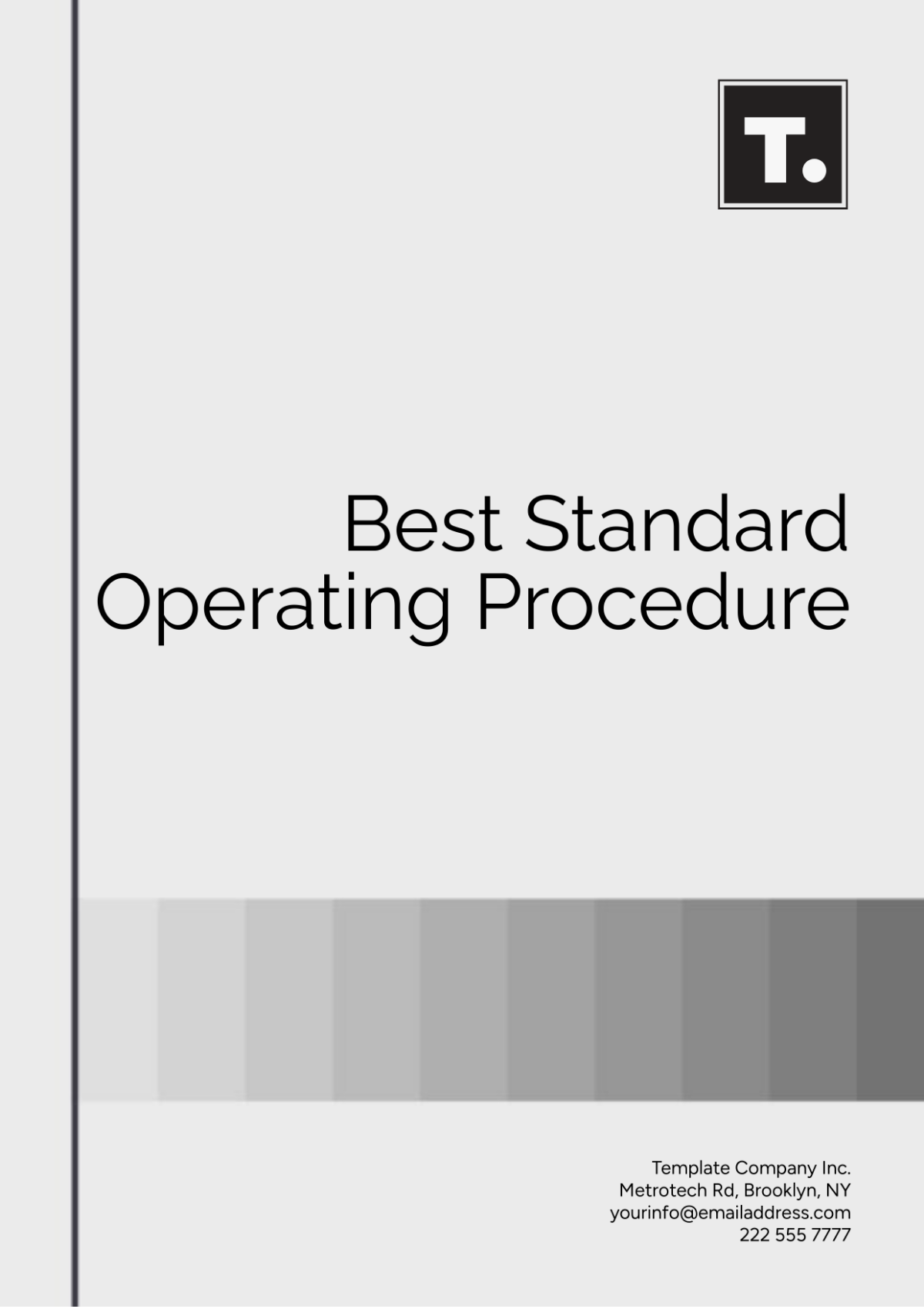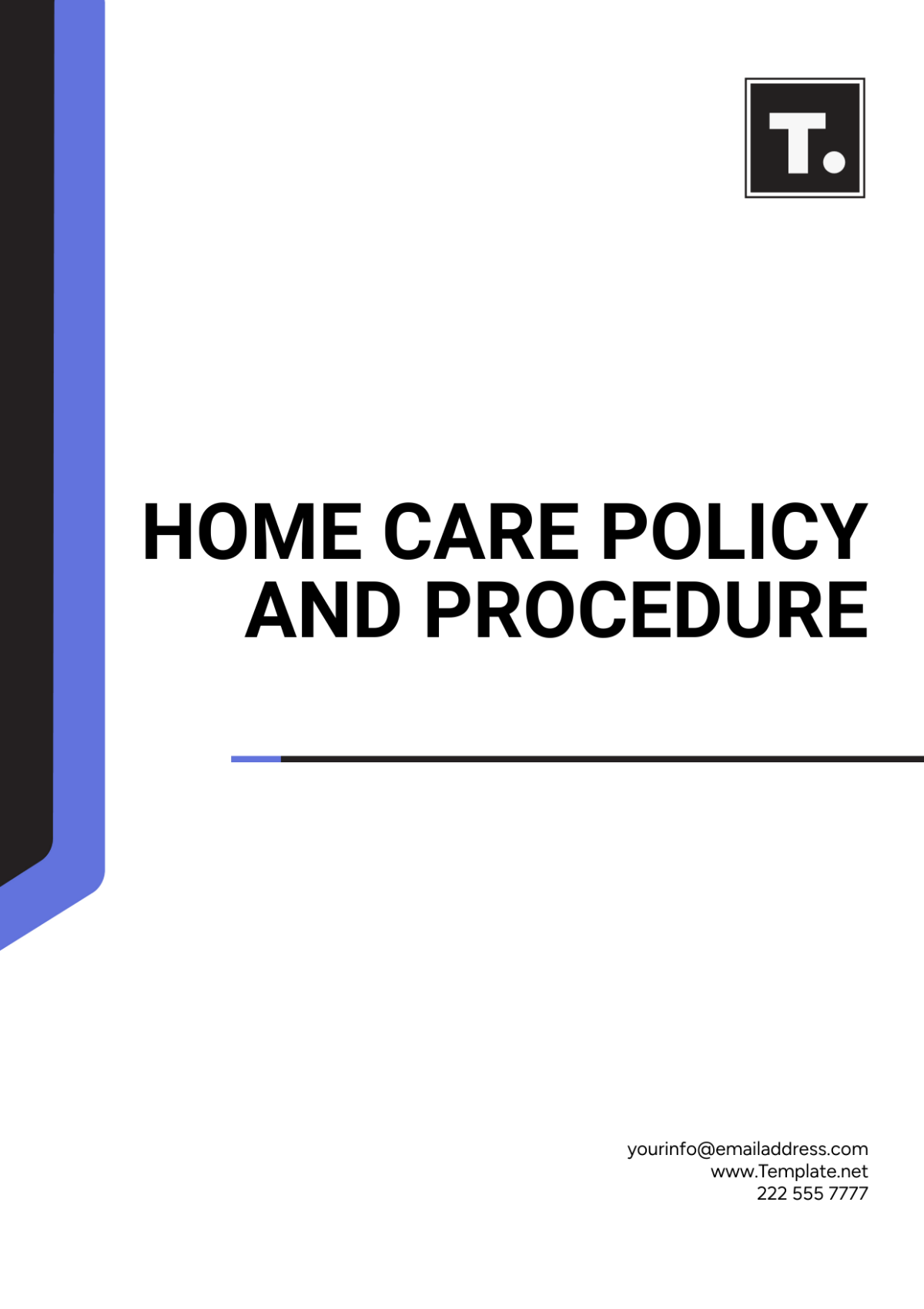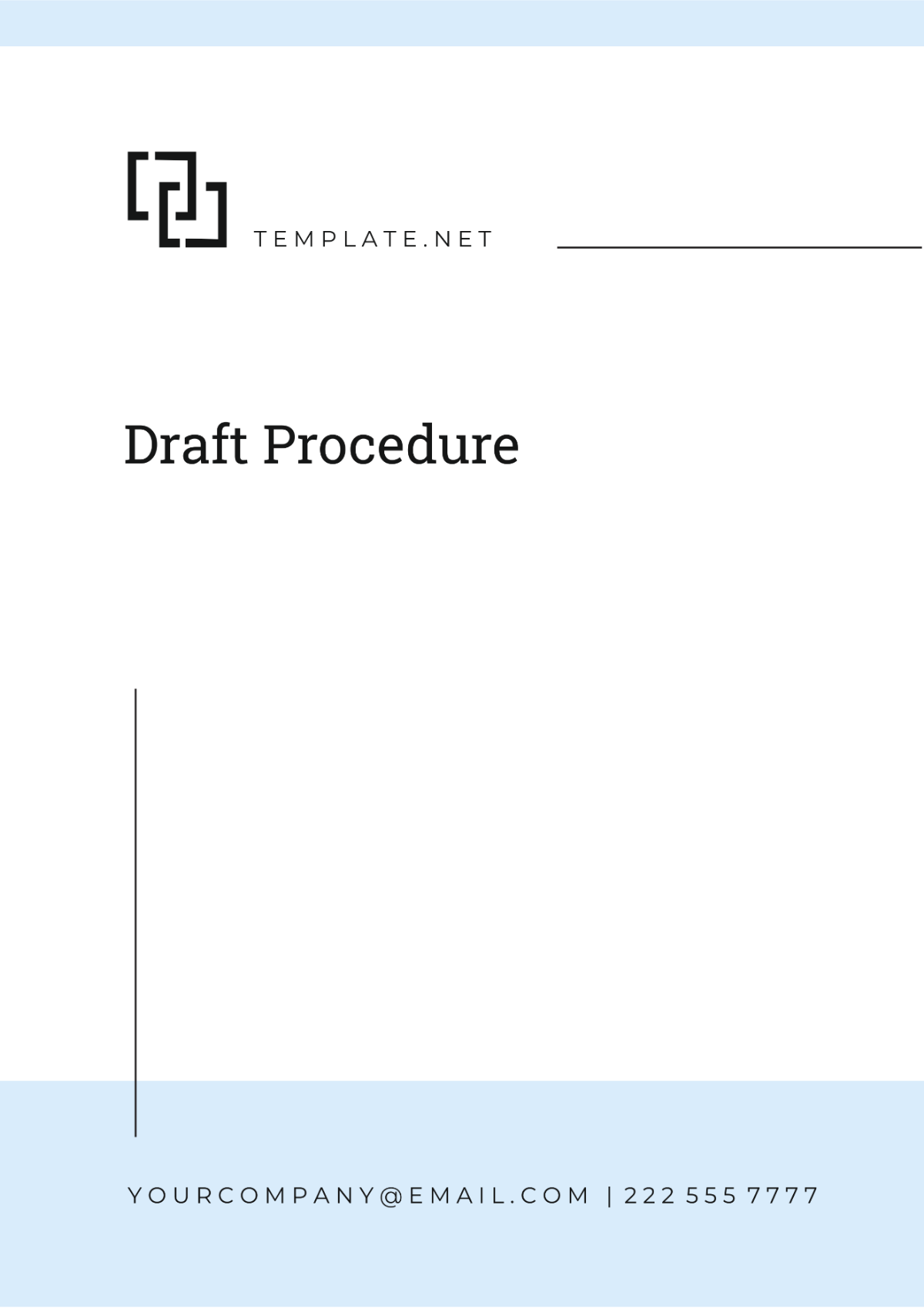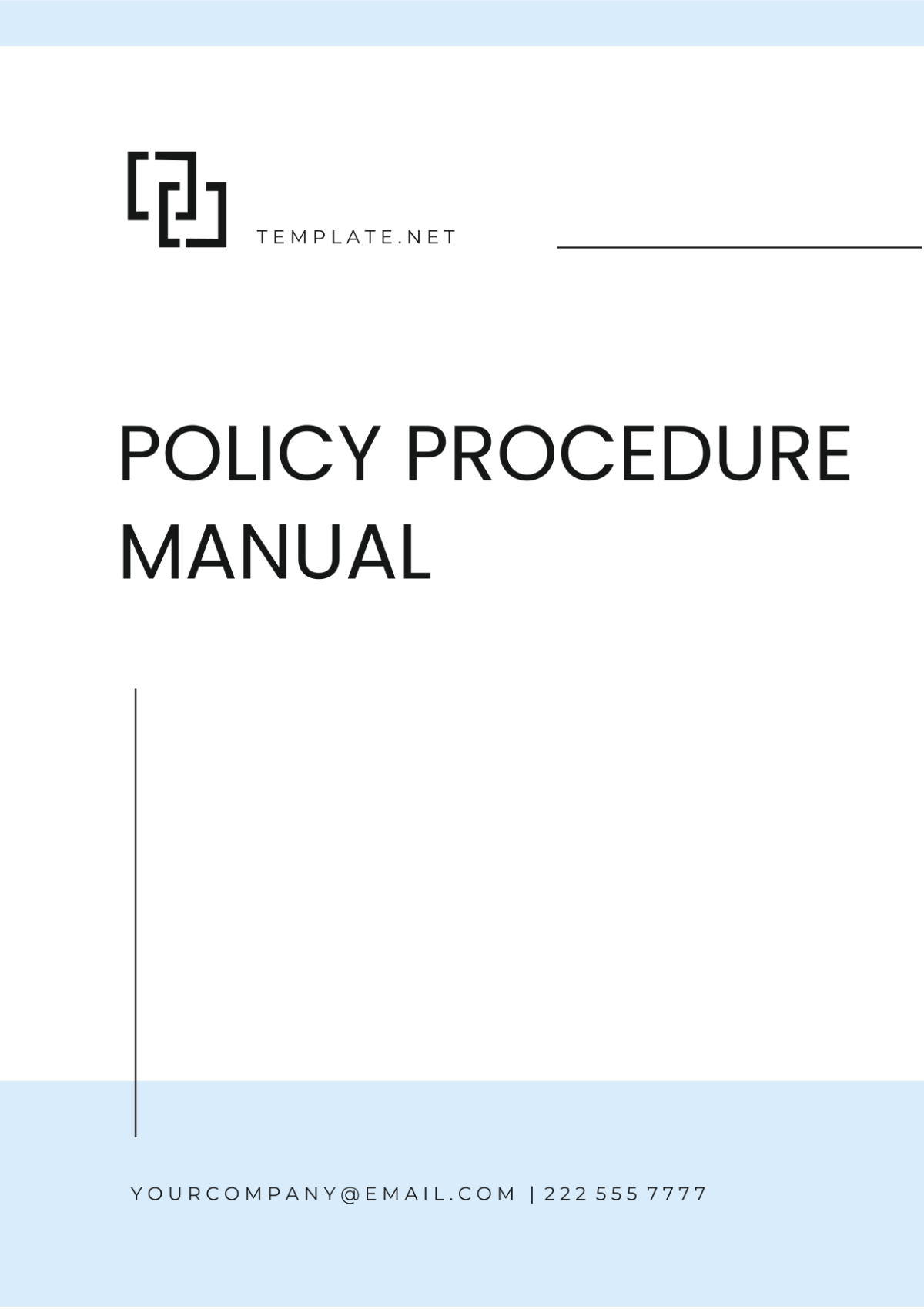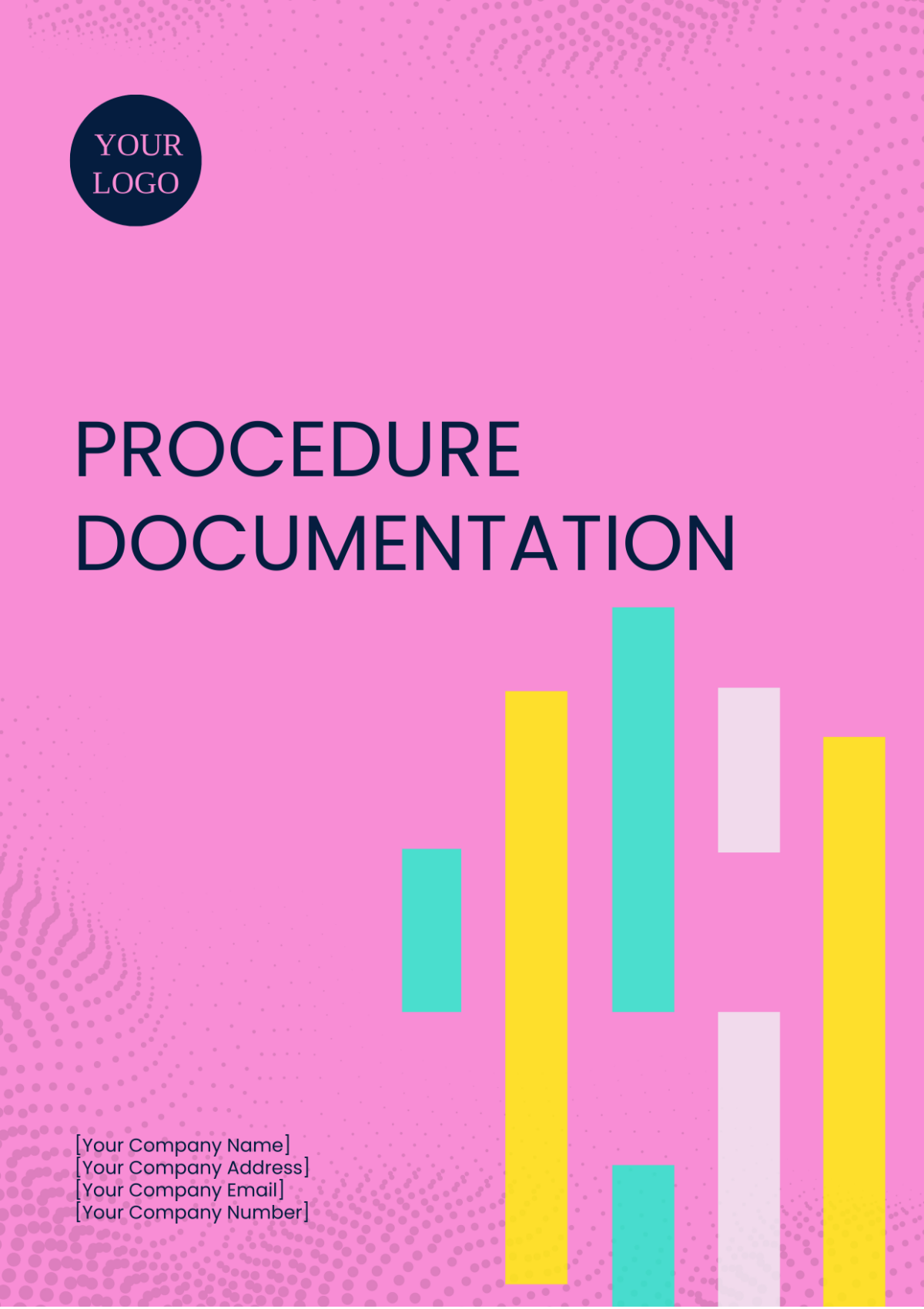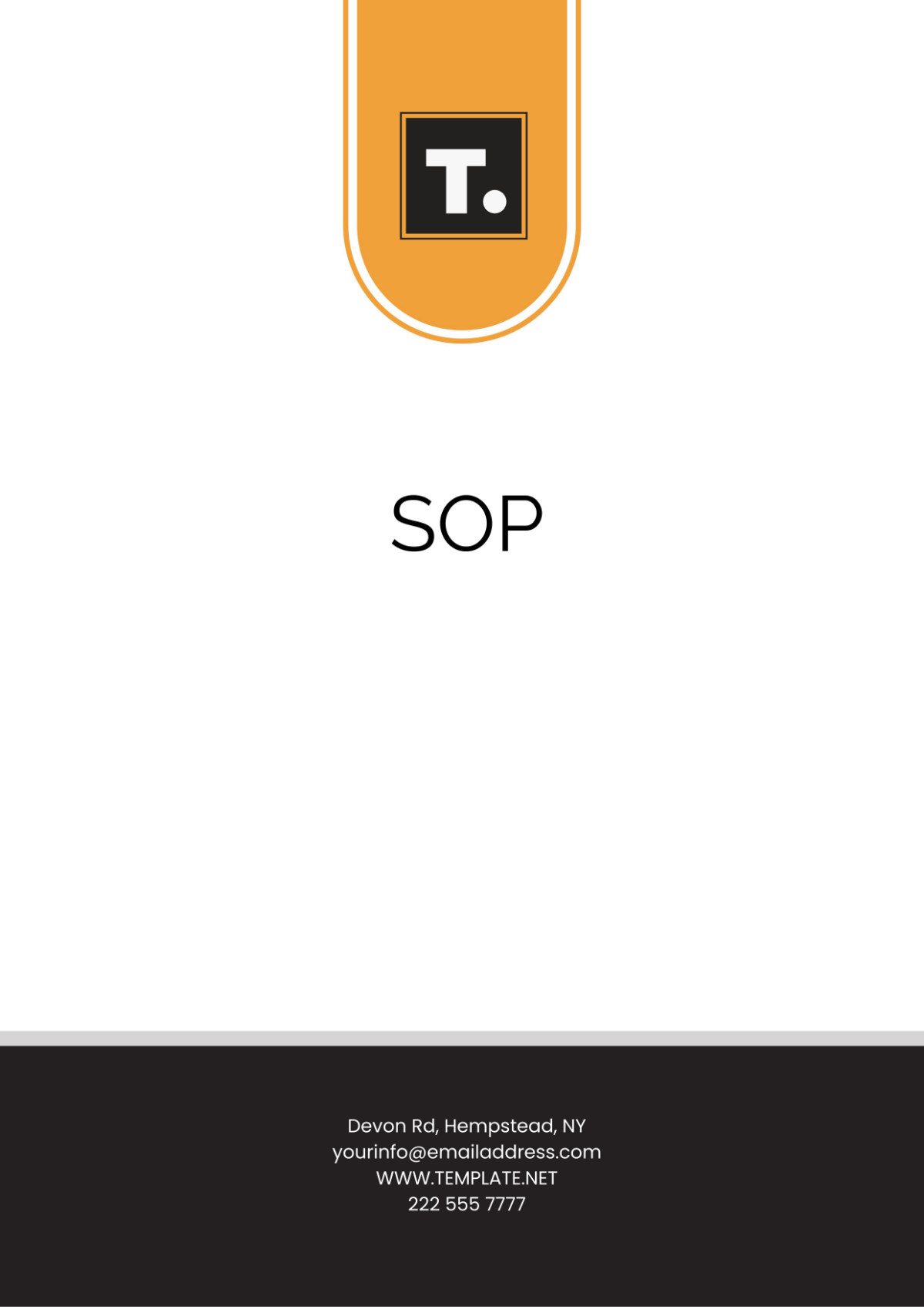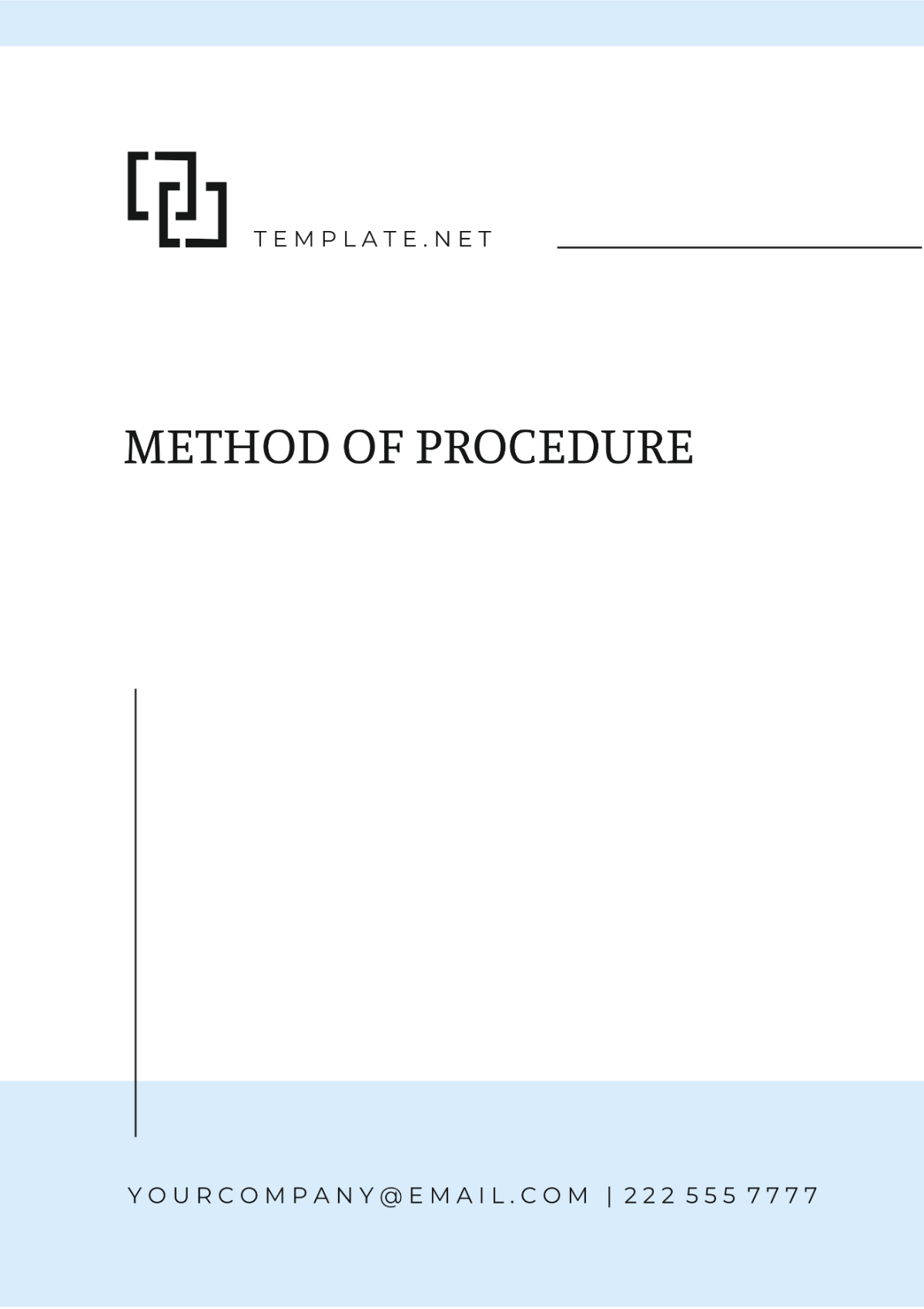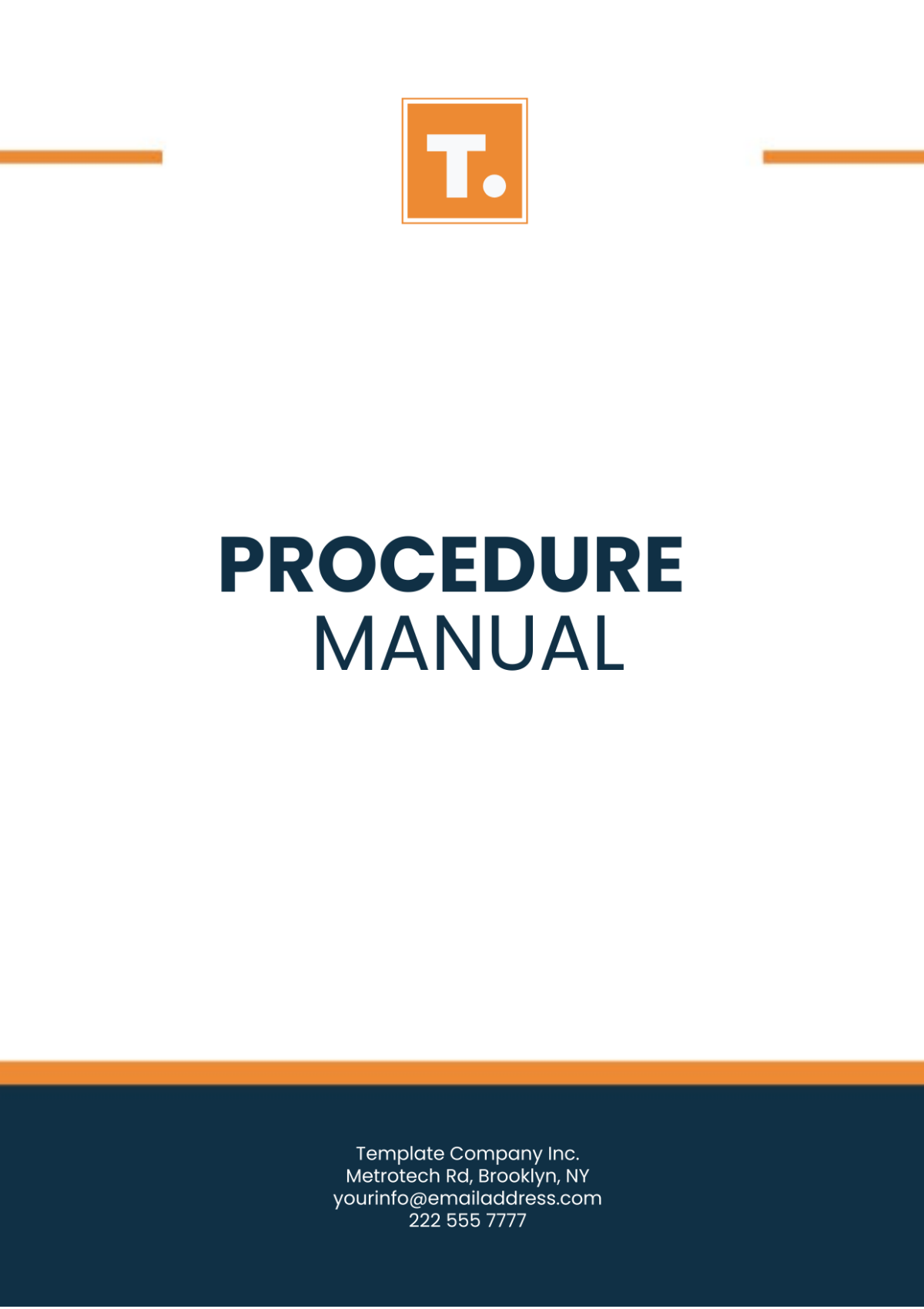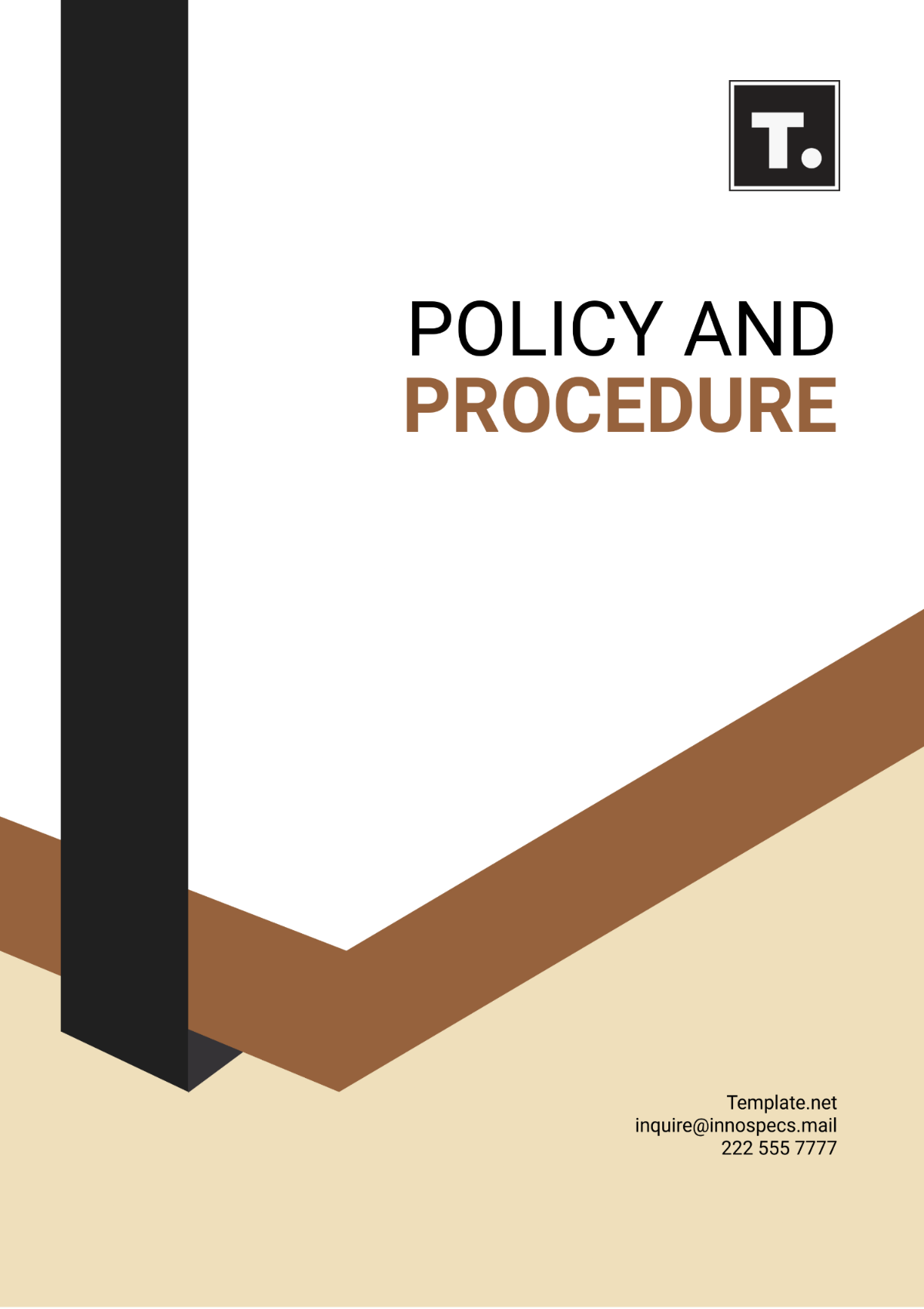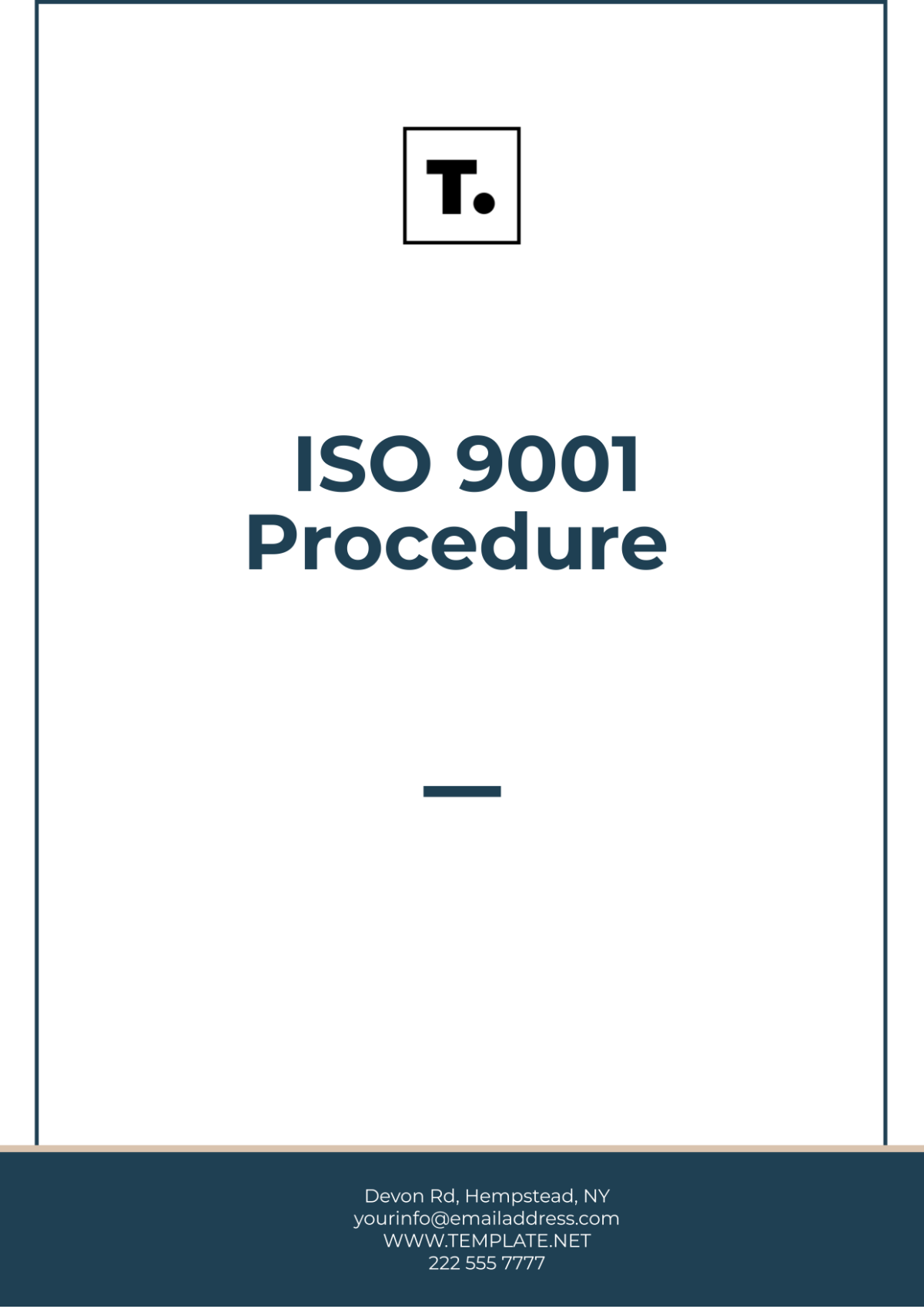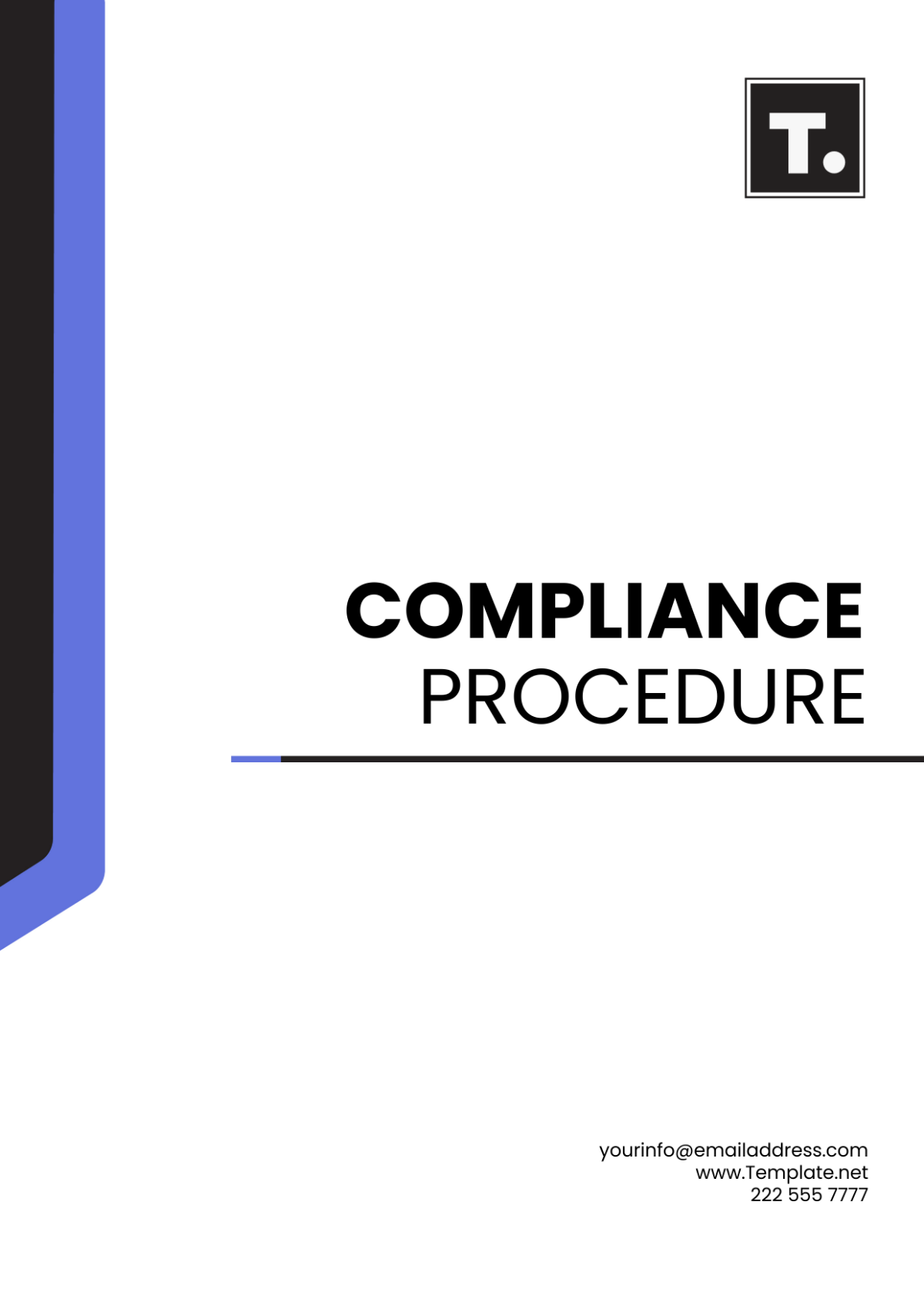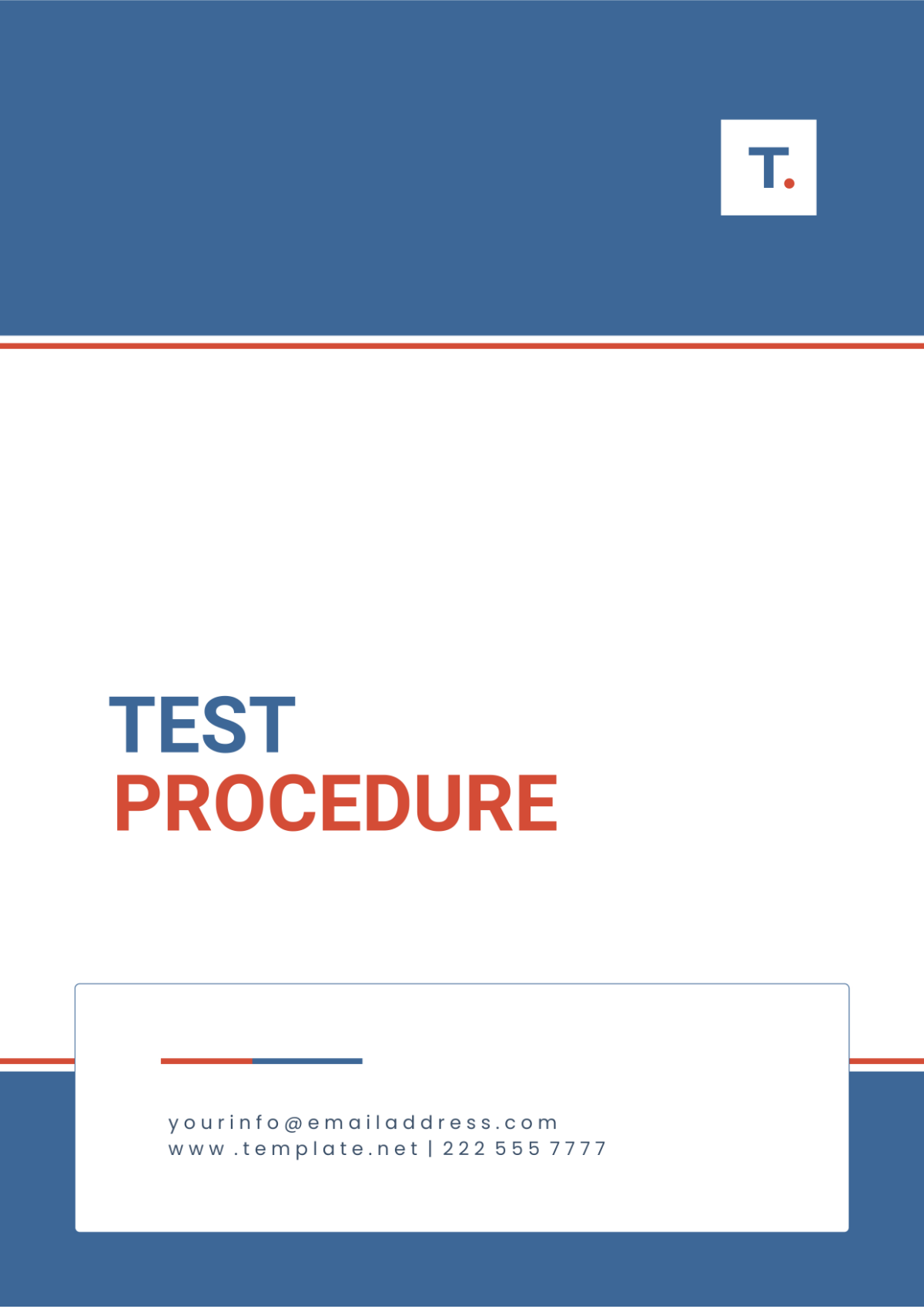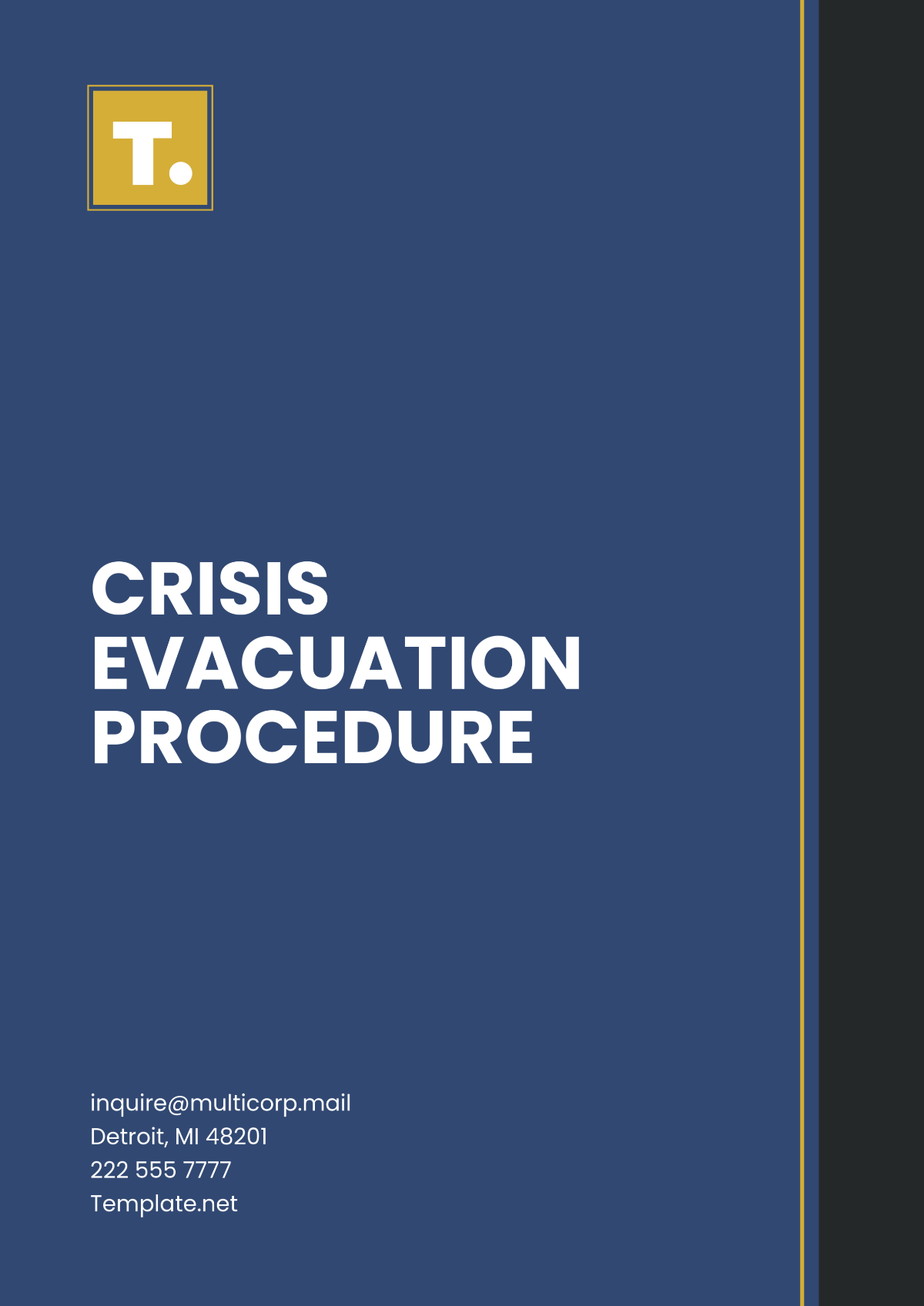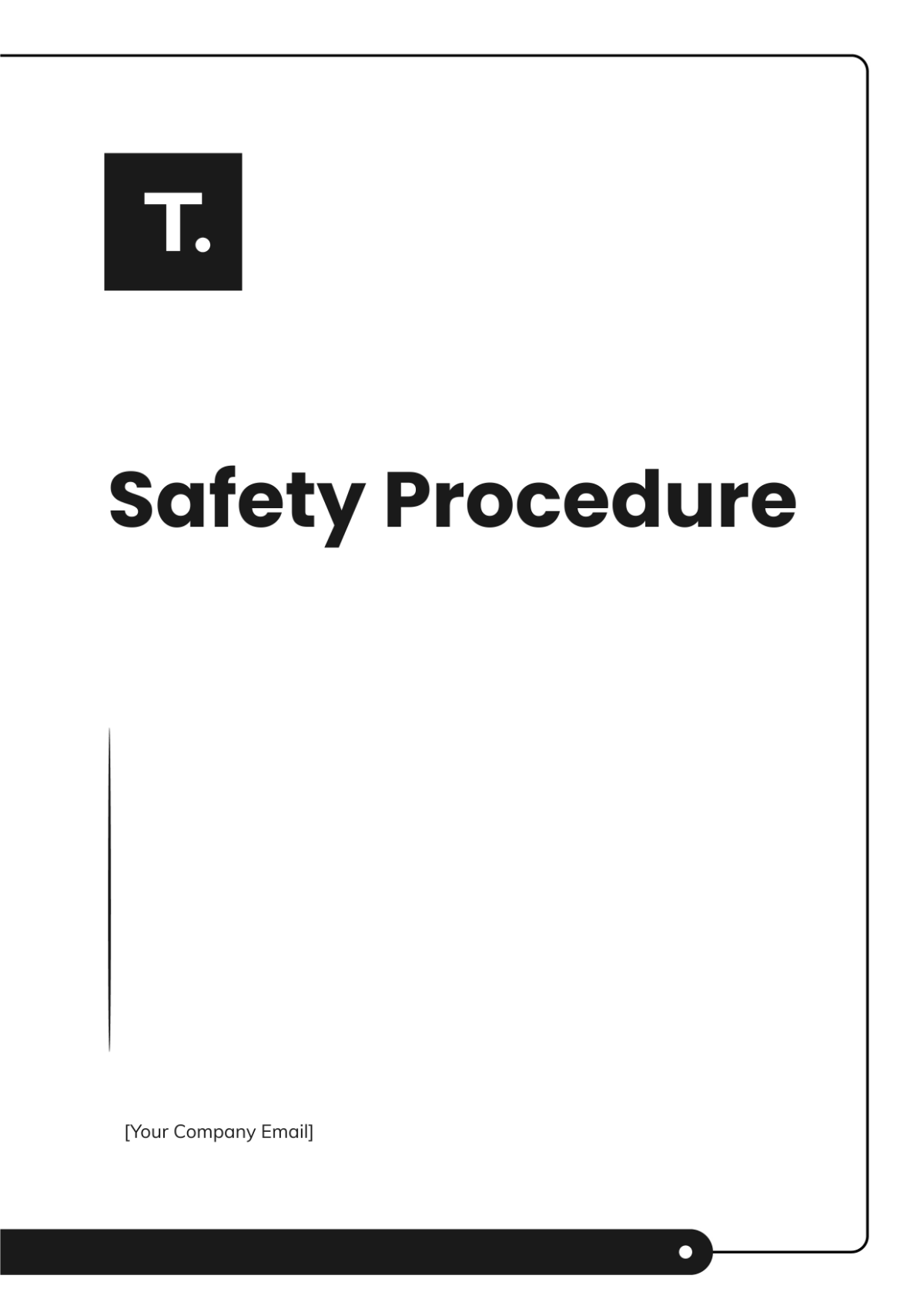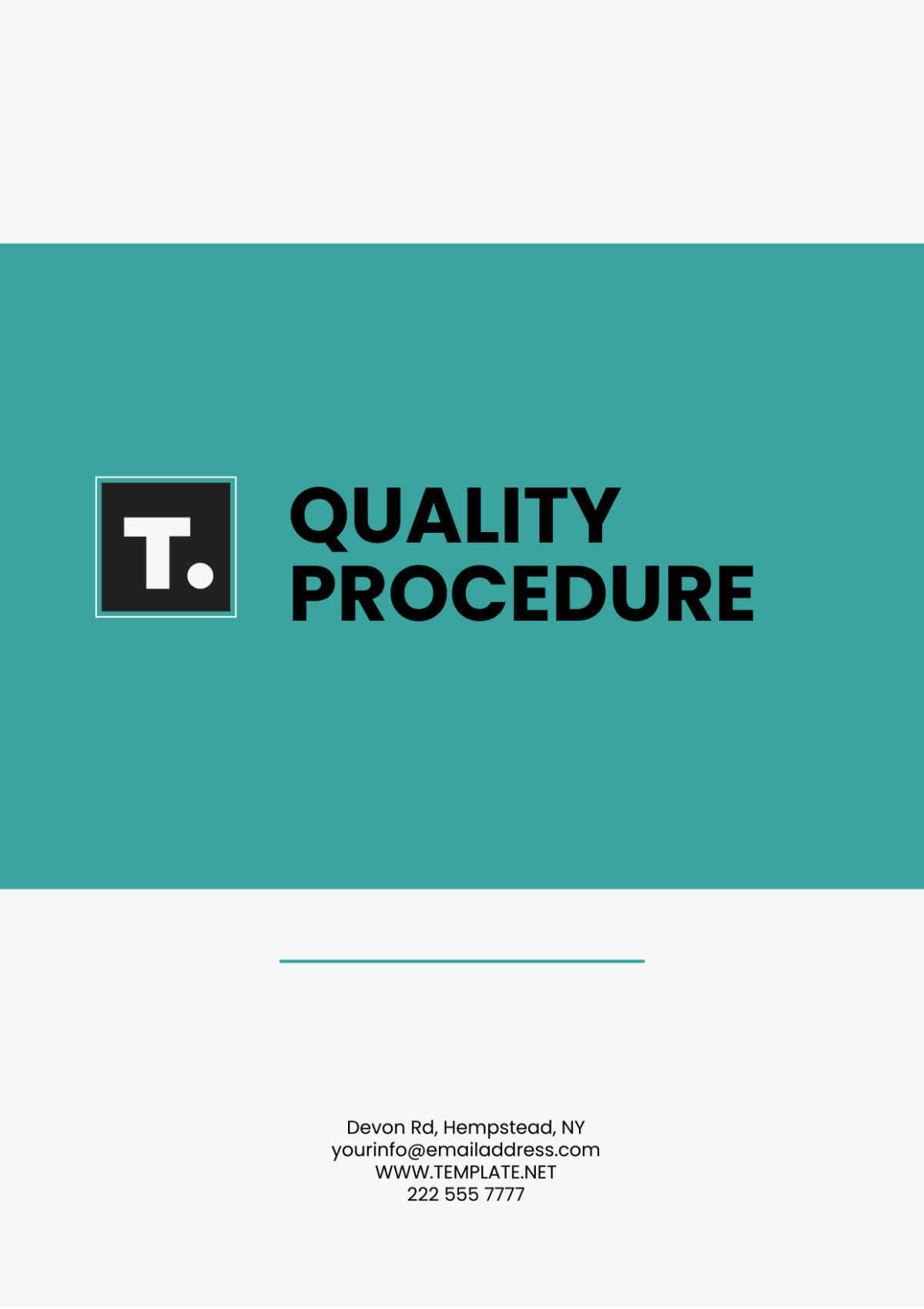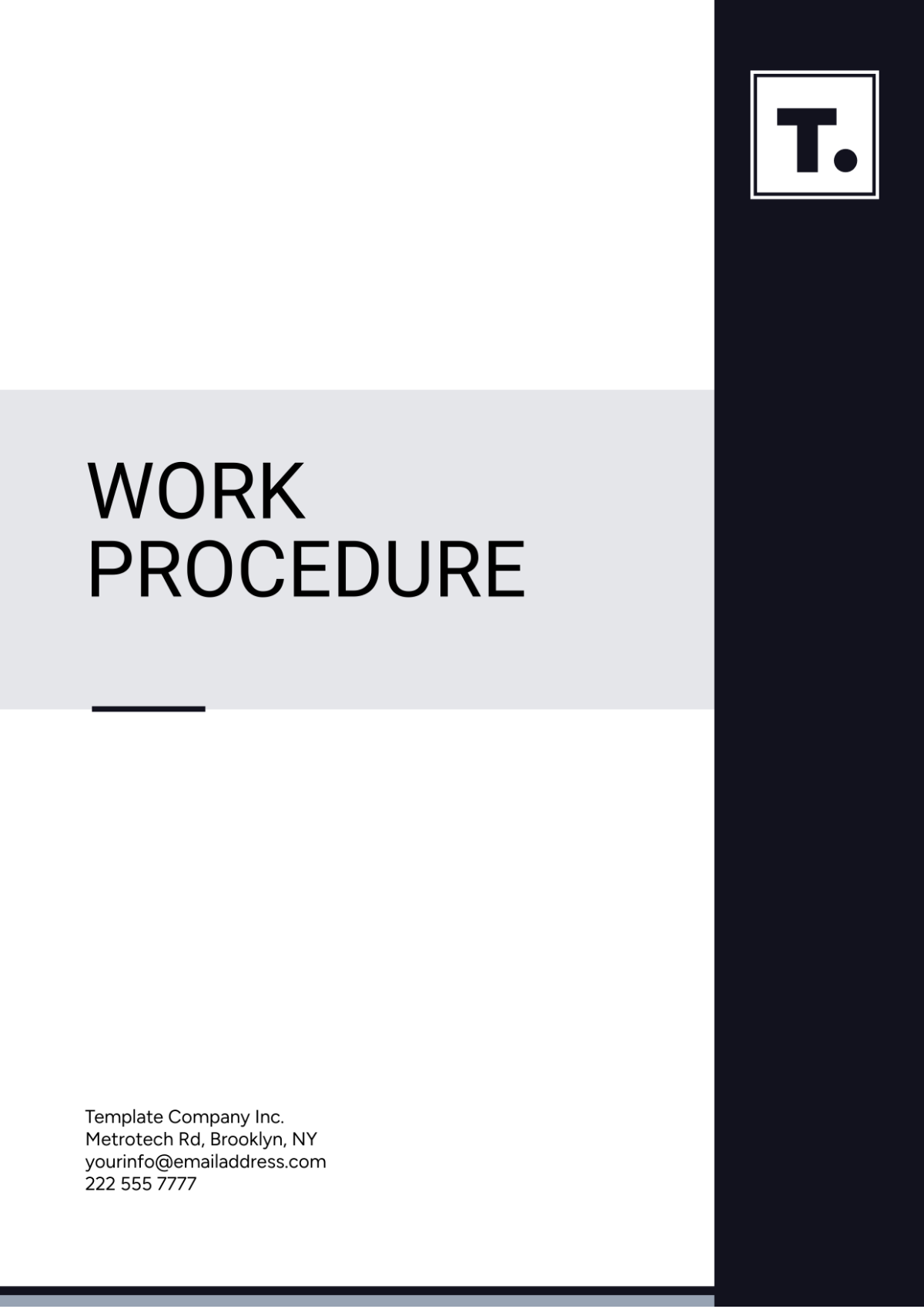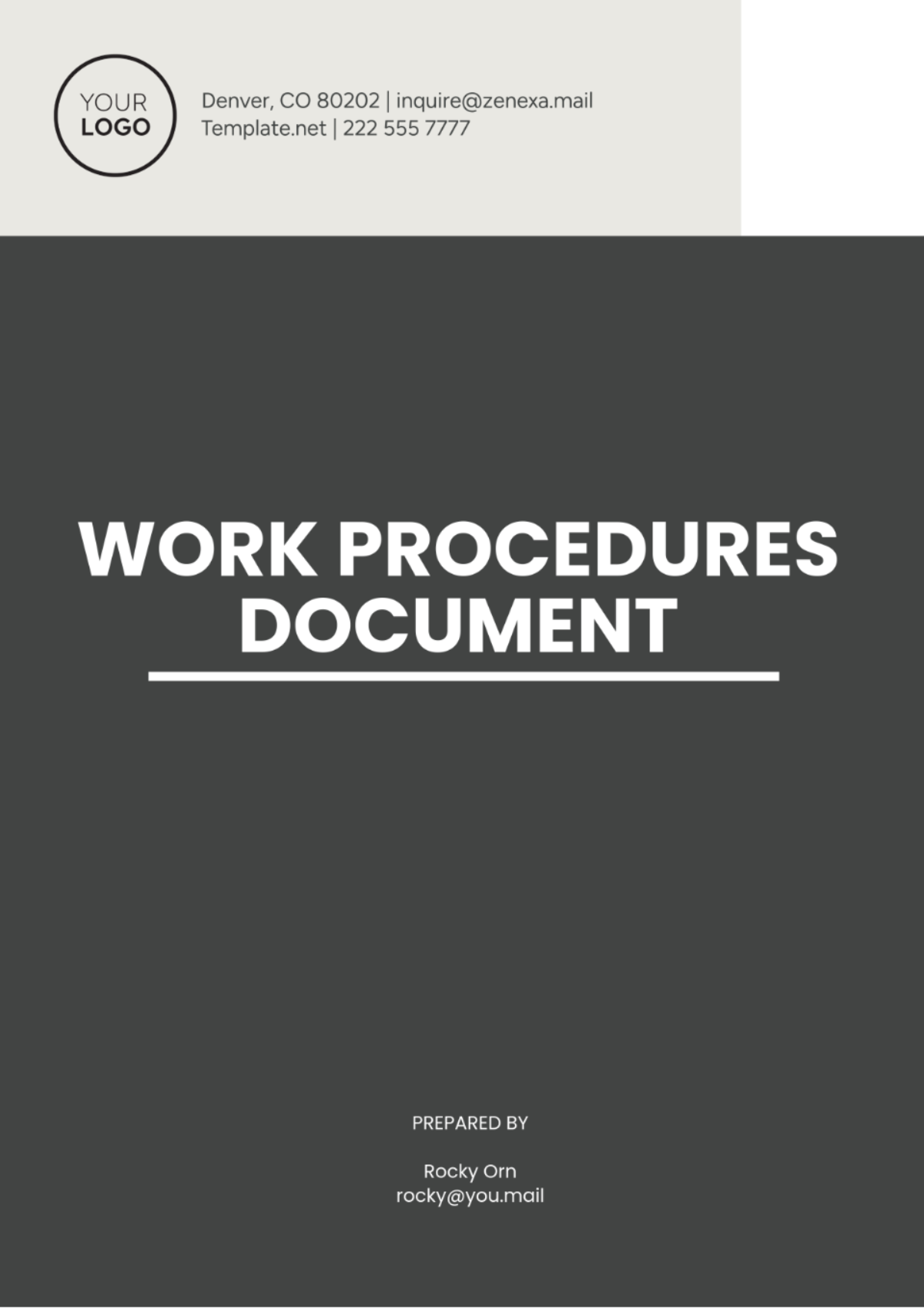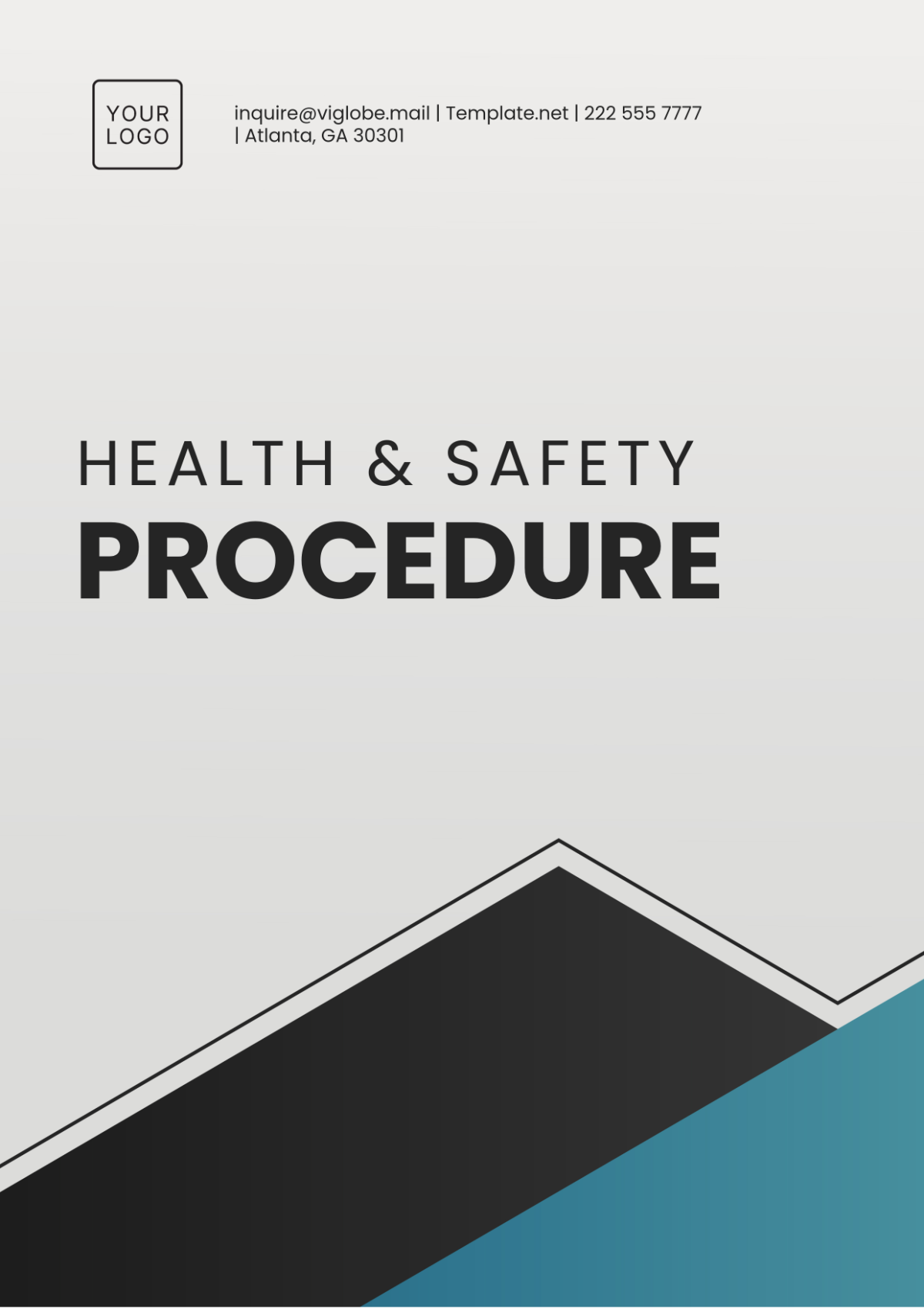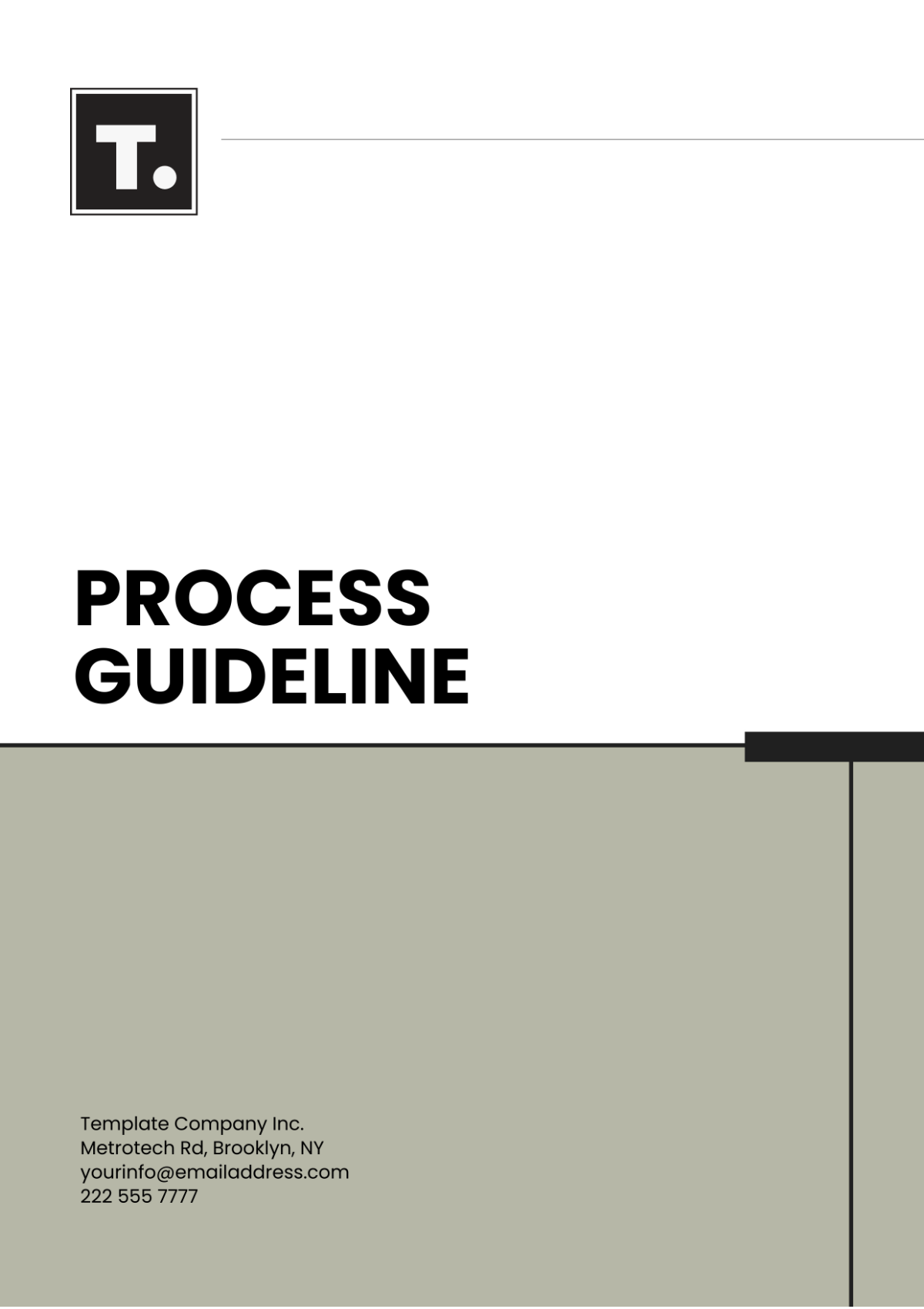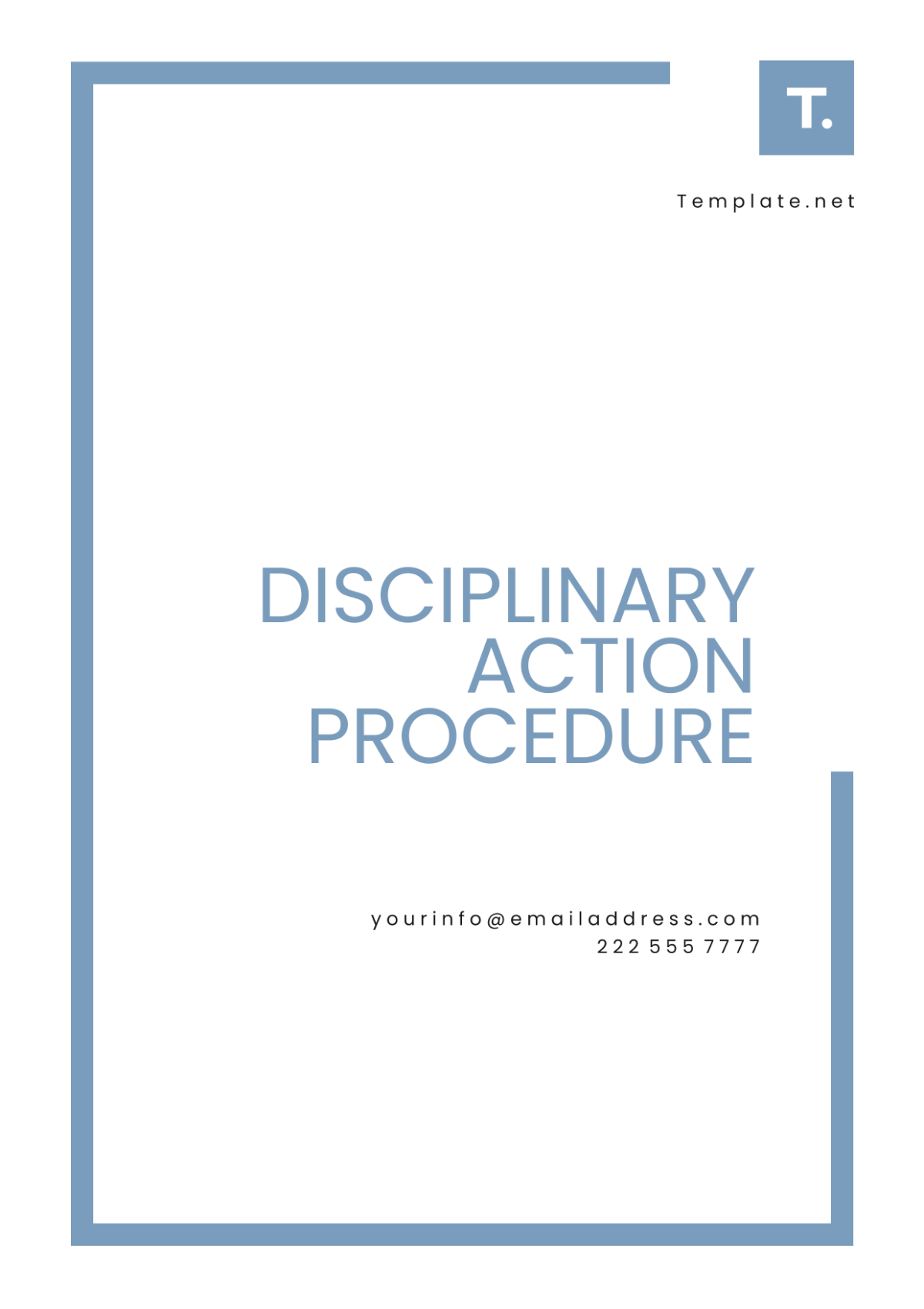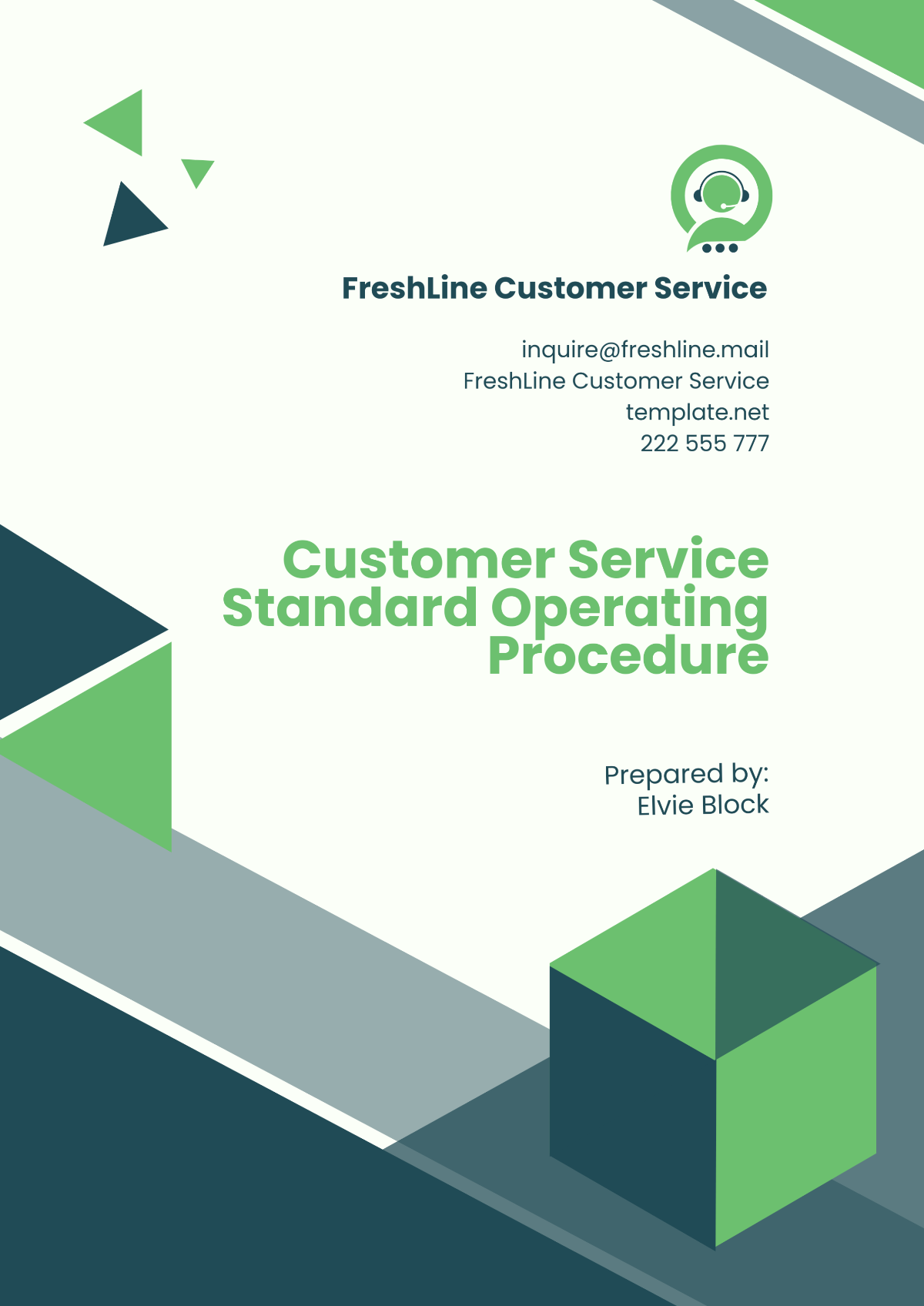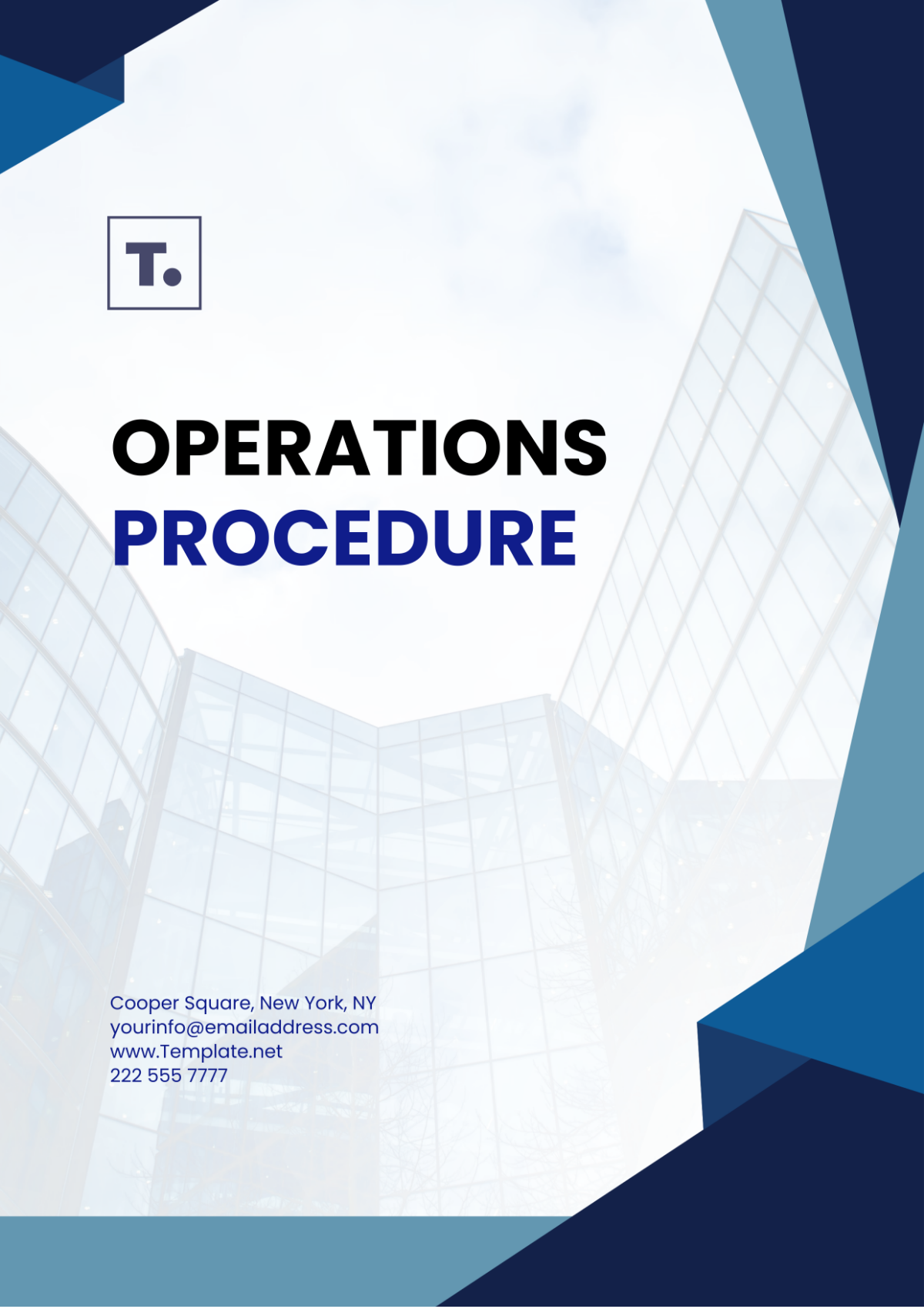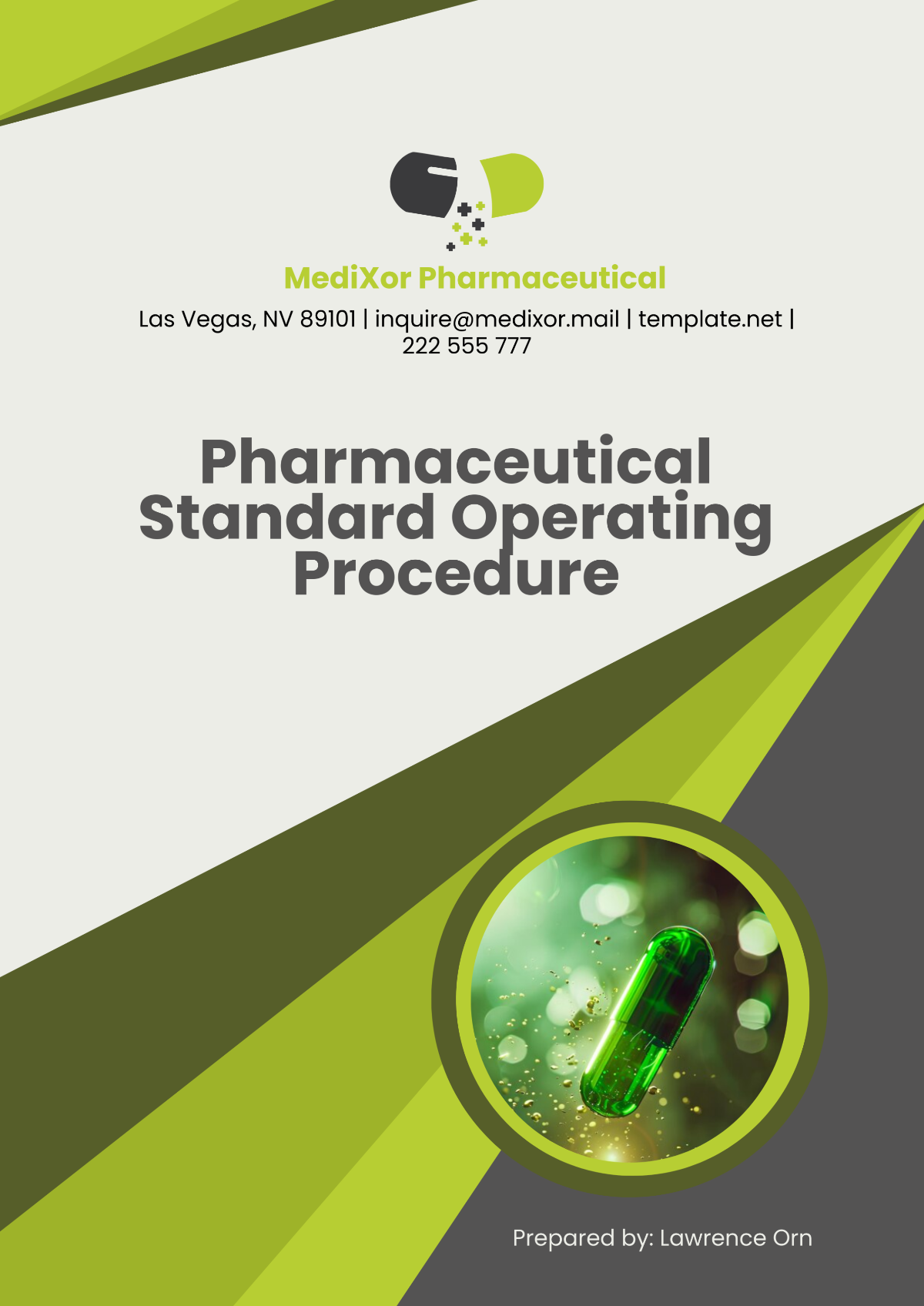Traceability Procedure
This procedure is designed to ensure effective tracking of products and materials throughout the manufacturing and distribution phases of [YOUR COMPANY NAME]. The purpose of this procedure is to trace inputs and outputs to enhance quality control, ensure regulatory compliance, and facilitate recalls if necessary.
Prepared by: [YOUR NAME]
Company Name: [YOUR COMPANY NAME]
Company Email: [YOUR COMPANY EMAIL]
Company Address: [YOUR COMPANY ADDRESS]
Company Phone Number: [YOUR COMPANY NUMBER]
Company Website: [YOUR COMPANY WEBSITE]
Social Media: [YOUR COMPANY SOCIAL MEDIA]
I. Purpose
The purpose of implementing this traceability procedure at [YOUR COMPANY NAME] is to ensure transparency and accountability throughout the entire lifecycle of our products. By establishing a clear and systematic approach to tracking products, we aim to enhance quality control, mitigate risks, and improve customer satisfaction. This procedure serves as a vital tool in maintaining the integrity of our products and upholding our commitment to excellence in every aspect of our operations.
II. Scope
This traceability procedure applies comprehensively across all processes involved in the production and distribution of products within [YOUR COMPANY NAME]. It encompasses every stage of the product journey, from the initial receipt of raw materials to the final delivery of the finished product to our customers. The scope of this procedure includes, but is not limited to, the following key areas:
Receipt of Raw Materials:
Describe the procedures for receiving and inspecting raw materials, including documentation requirements and quality checks.
Production Processes:
Detail the steps involved in the production process, including manufacturing, assembly, and packaging, and how traceability is maintained throughout.
Storage:
Outline the protocols for storing both raw materials and finished products, including inventory management and identification methods.
Distribution:
Explain how traceability is ensured during the distribution process, from warehouse management to transportation logistics and delivery tracking.
Return Handling:
Describe procedures for handling product returns or recalls, including tracing products back through the supply chain and implementing corrective actions.
III. Responsibilities
All employees are required to follow the defined traceability procedures. Specific responsibilities are assigned as follows:
Production Manager: Oversees the implementation of traceability in production and ensures compliance with the procedure.
Quality Control Team: Monitors the product through each stage and manages the quality traceability records.
Logistics Coordinator: Ensures that all dispatched and received items are correctly recorded and documented.
IV. Traceability Procedure
Documentation of Raw Materials:
Record the source, batch number, and delivery date of each raw material.
Ensure all raw materials are tagged with [UNIQUE IDENTIFICATION CODES].
Production Tracking:
Each production batch must be documented with a [UNIQUE BATCH NUMBER], production date, and line number.
Retain samples from each batch for a minimum period defined by [QUALITY CONTROL].
Product Storage:
Ensure all products are stored in [DESIGNATED AREAS] and are easily identifiable.
Maintain storage logs documenting [LOCATION AND BATCH NUMBERS].
Product Dispatch:
Record the destination, dispatch date, and transport details for each batch.
Include copies of traceability records with the [SHIPMENT DOCUMENTATION].
Handling Returns:
Document the reason for return, the condition of the product upon return, and [BATCH NUMBER].
Assess and record whether returned products can be [REPROCESSED, REPACKAGED], or need disposal.
V. Record Keeping and Data Management
Keep all traceability records in a secure and organized manner to ensure they are readily accessible for at least [X] years. This includes:
Storing electronic data in a secured server with backup.
Maintaining hard copies in a locked and secure facility.
VI. Periodic Review and Updates
This procedure must be reviewed annually by the compliance team to ensure its effectiveness and compliance with regulatory changes. Suggest amendments should be documented and approved by [YOUR NAME].
VII. Distribution
This procedure is to be distributed to all heads of departments within [YOUR COMPANY NAME]. Each department manager is responsible for further circulating the procedure to all relevant staff and ensuring comprehension and implementation.
VIII. Conclusion
Absolutely! Establishing and maintaining robust traceability systems is indeed crucial for any organization, especially in industries where product tracking is vital. These systems not only ensure transparency and accountability but also help in meeting regulatory standards effectively. By meticulously documenting the flow of materials, products, and information, [YOUR COMPANY NAME]can demonstrate its commitment to integrity and quality assurance, thus bolstering its reputation in the marketplace. This emphasis on traceability not only enhances operational efficiency but also instills confidence among stakeholders regarding the reliability of [YOUR COMPANY NAME]'s processes.
